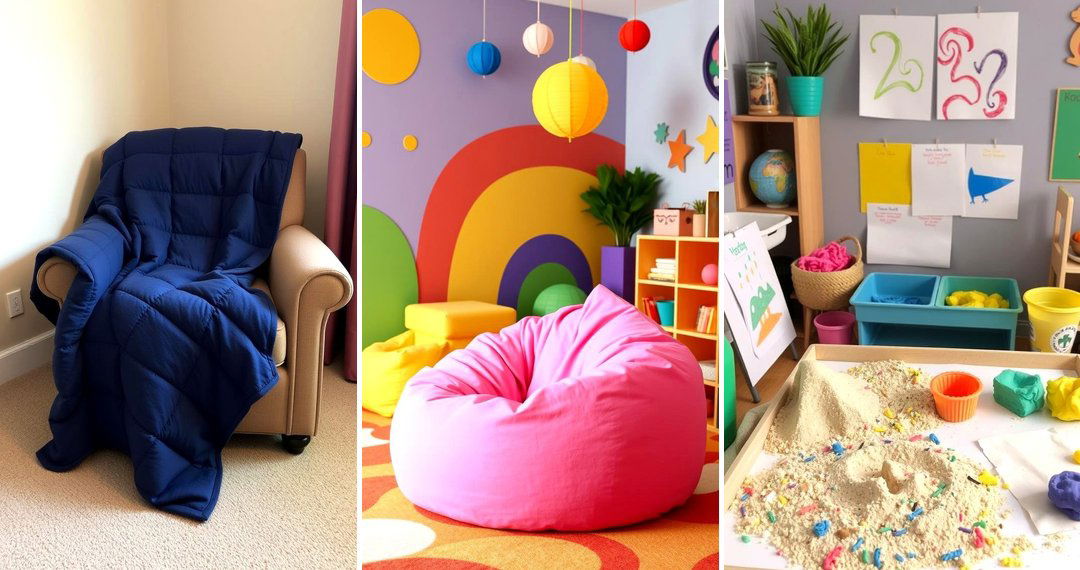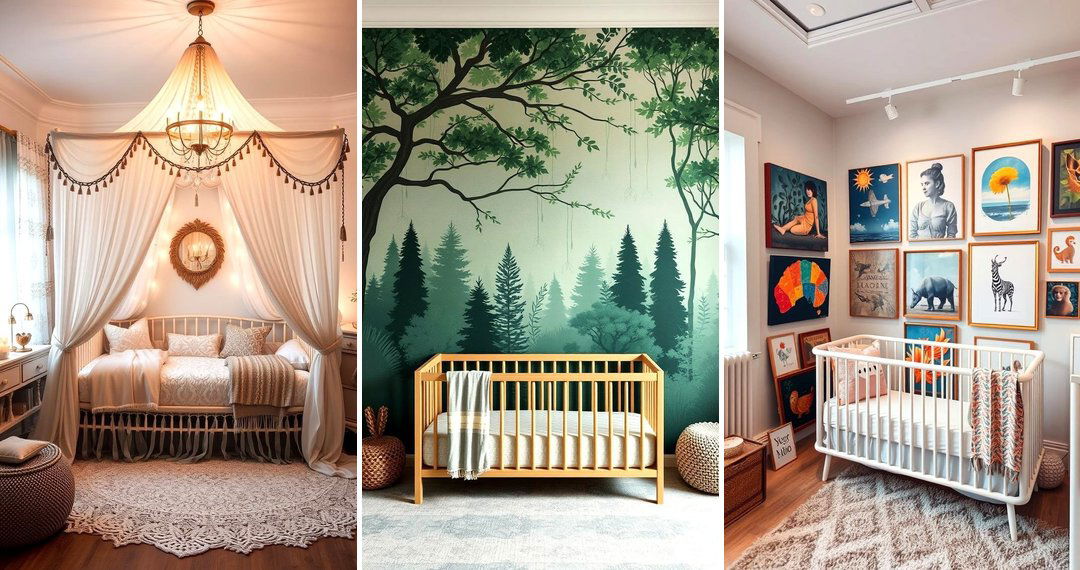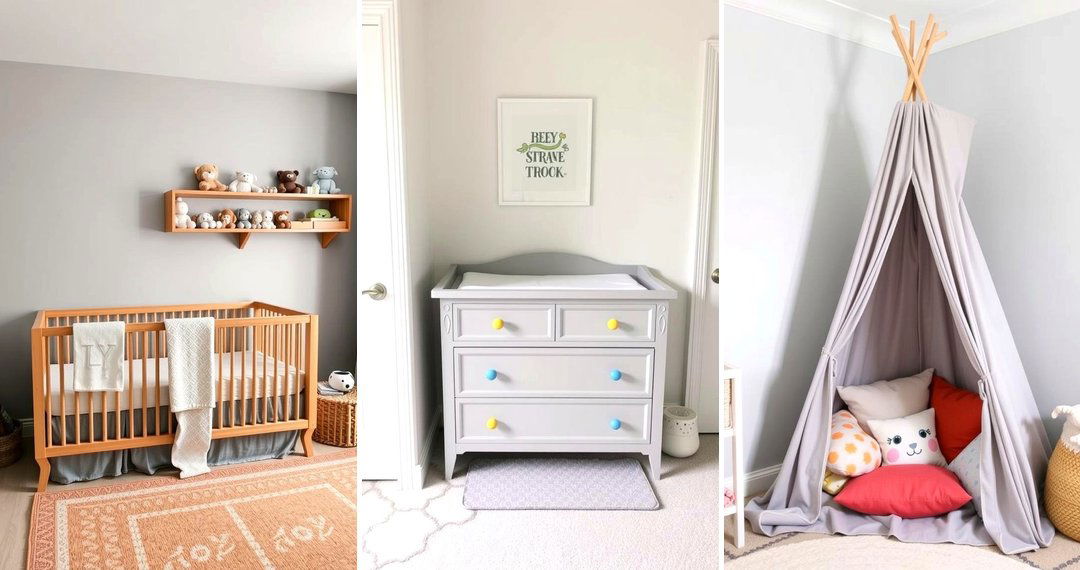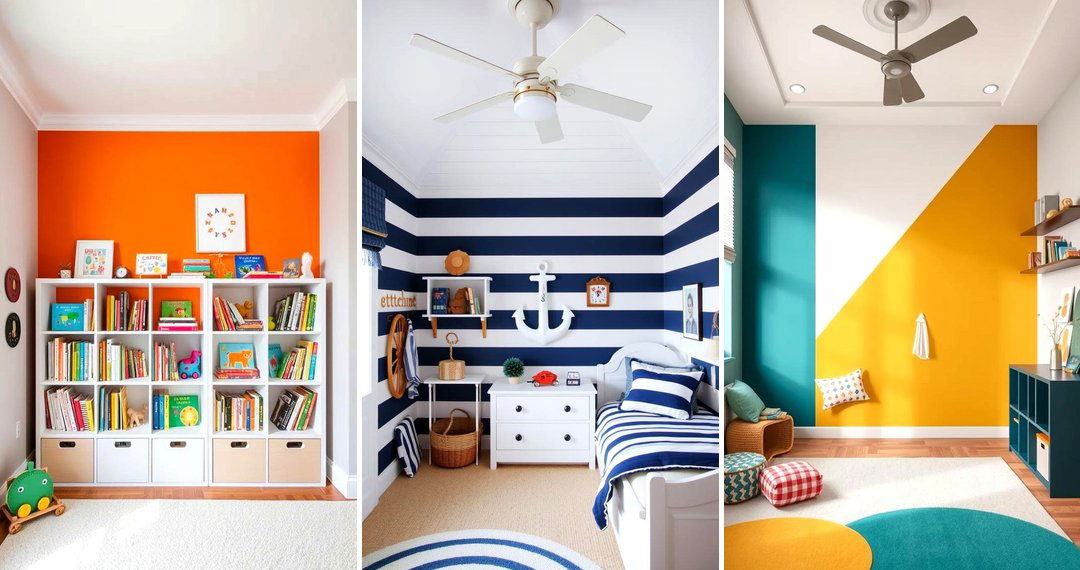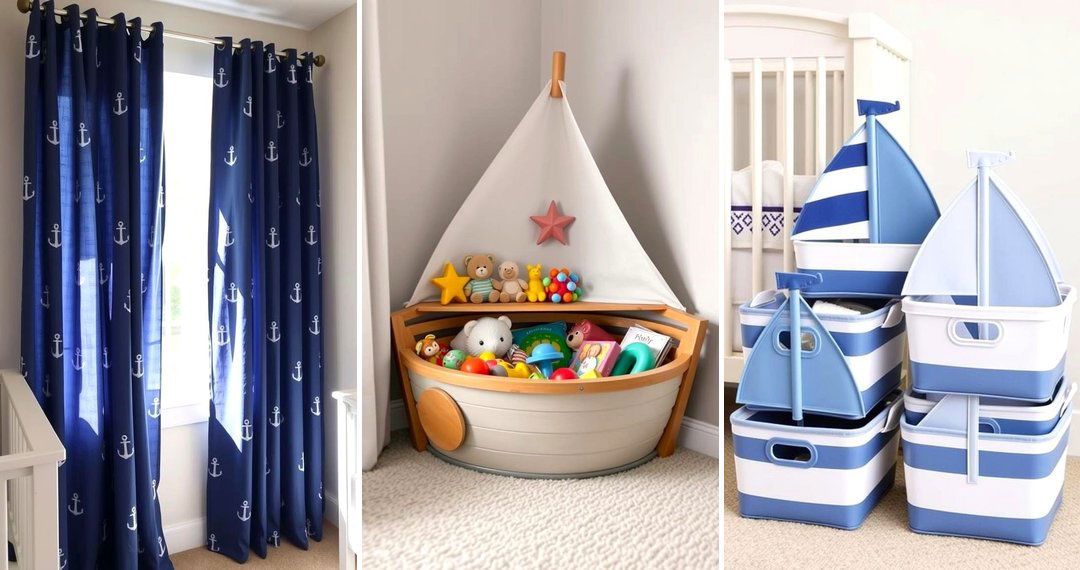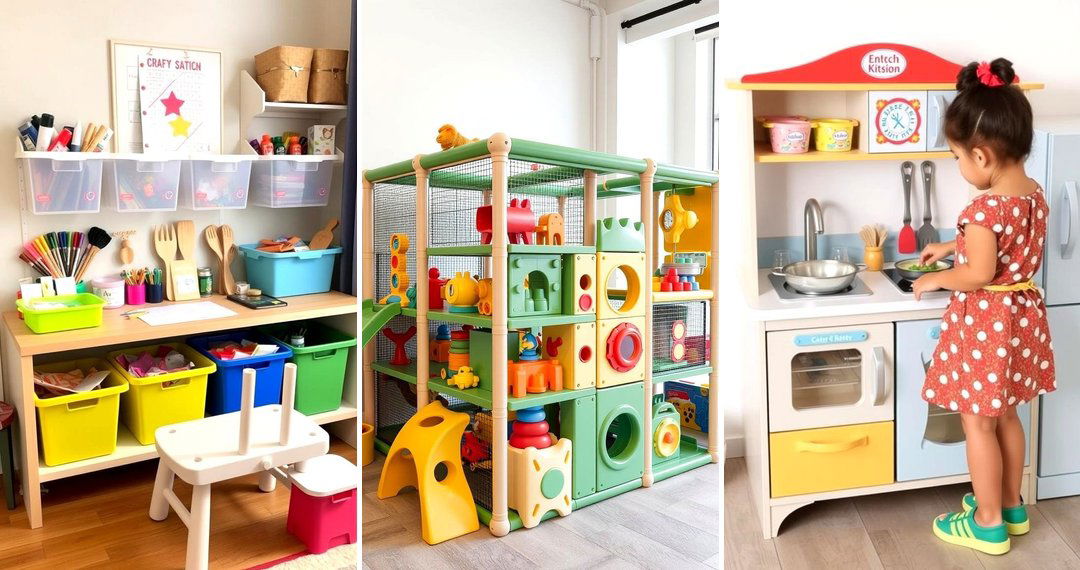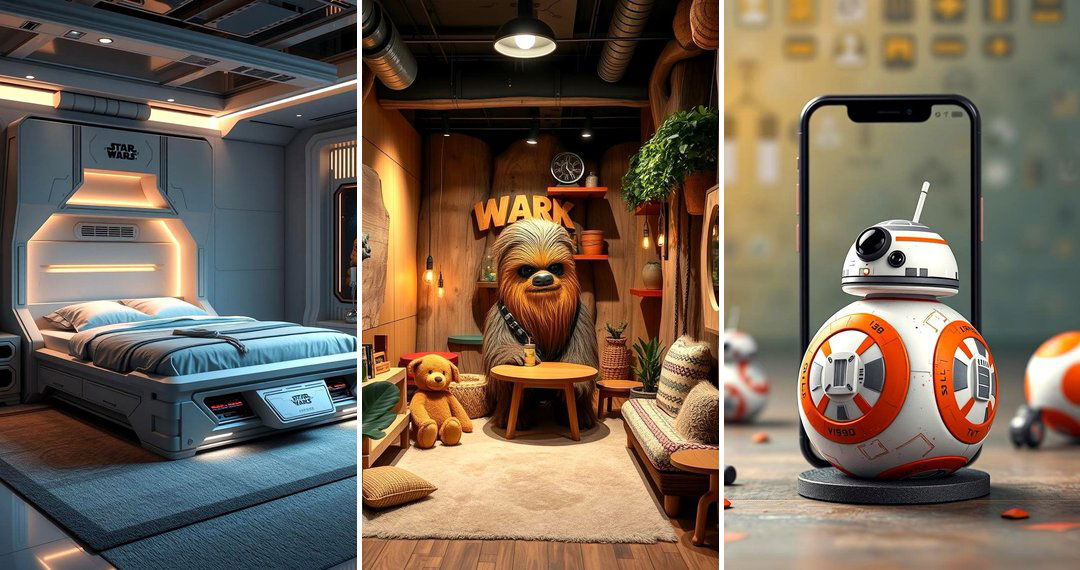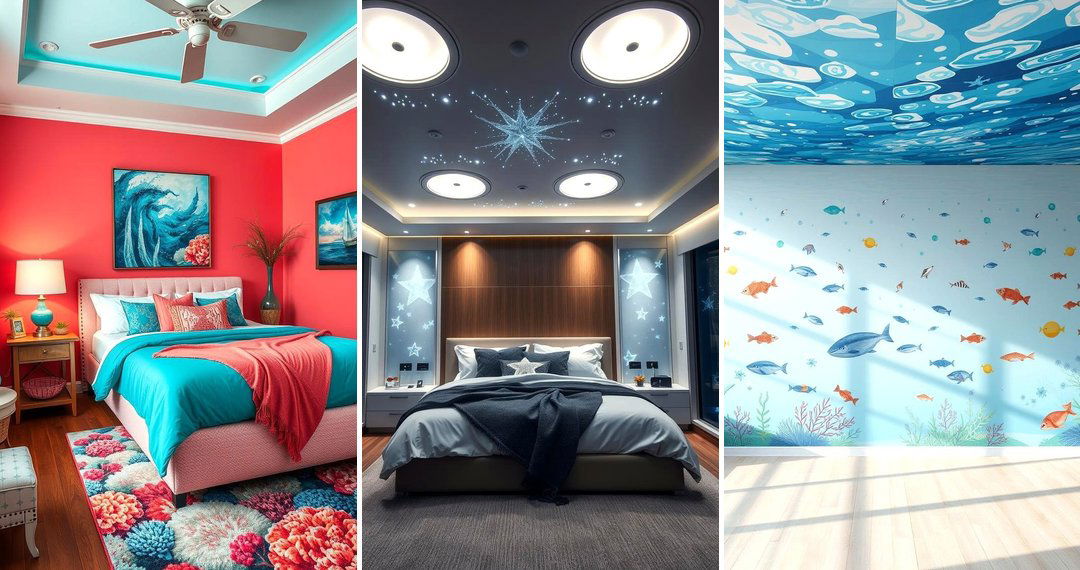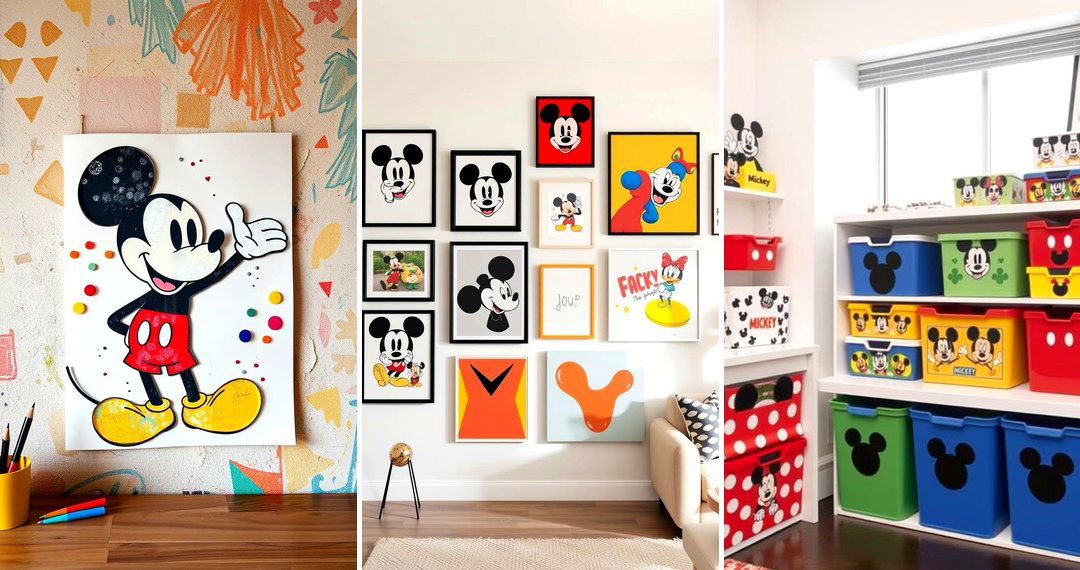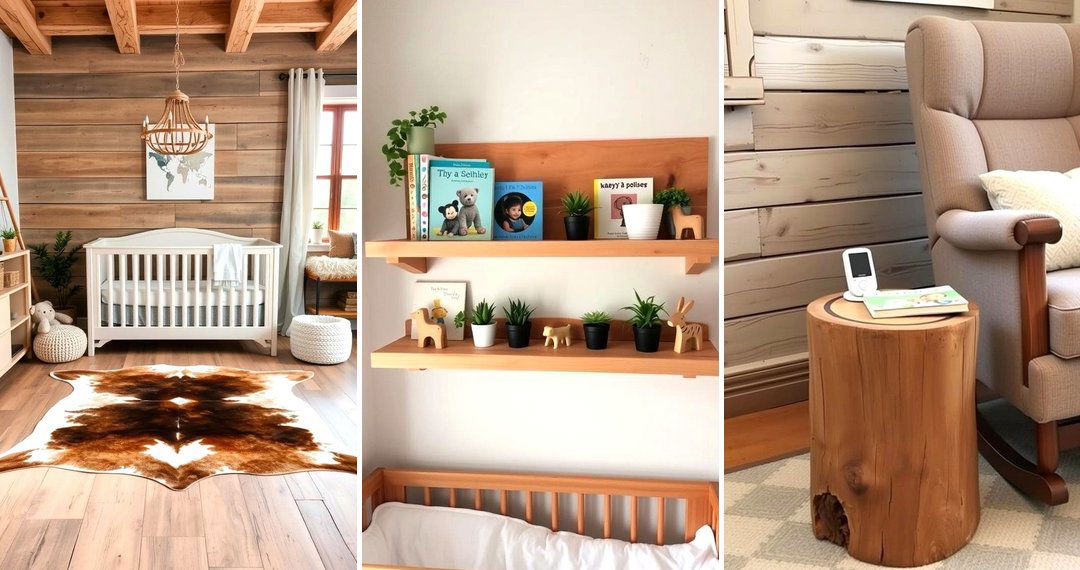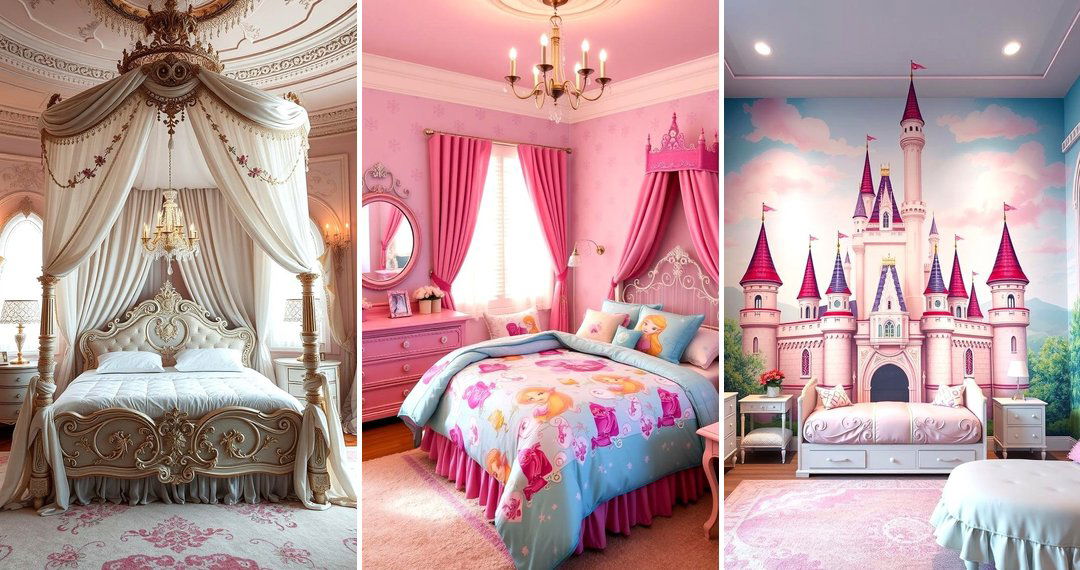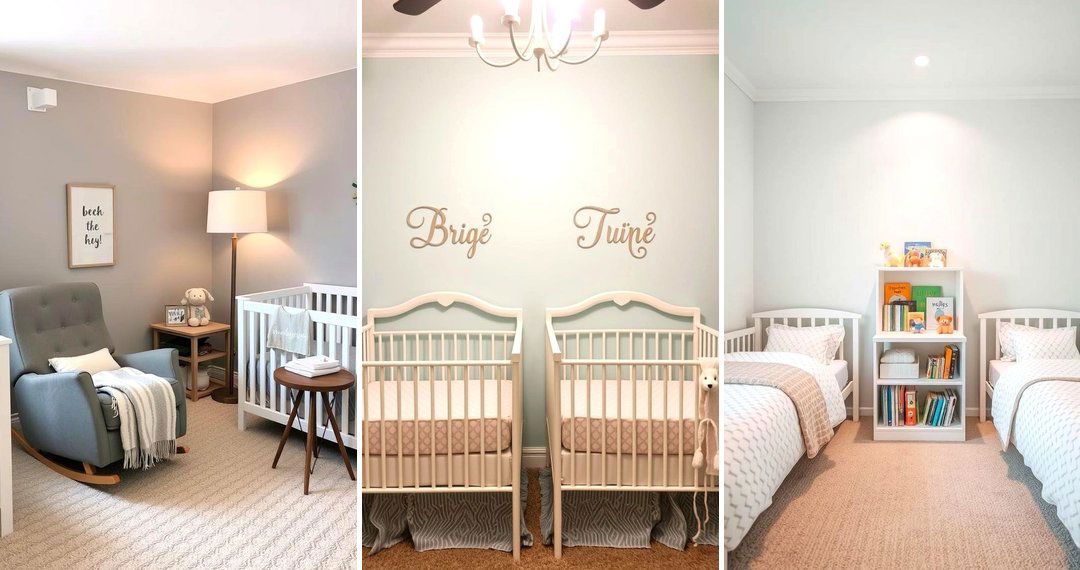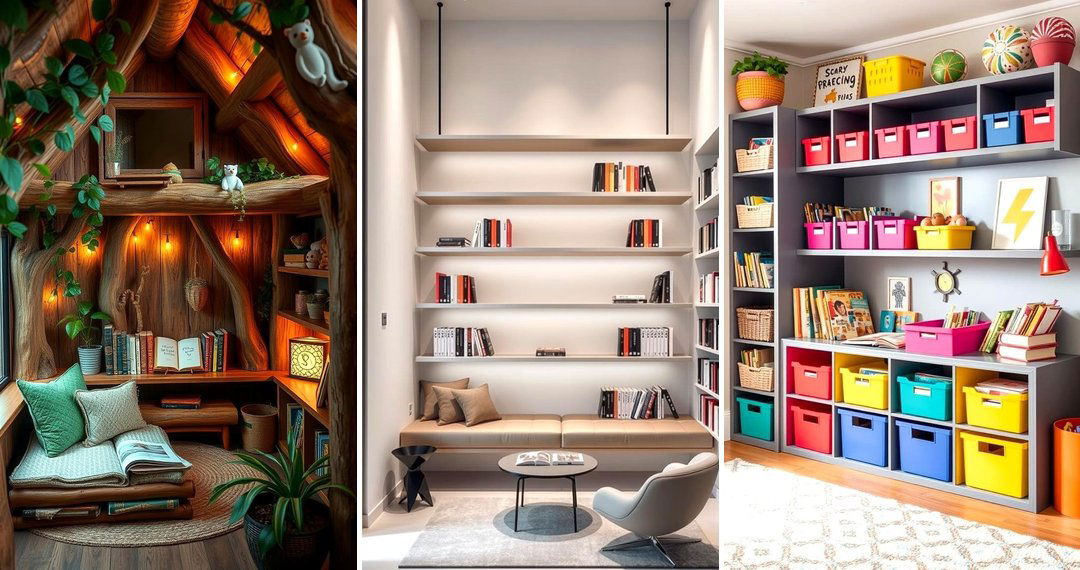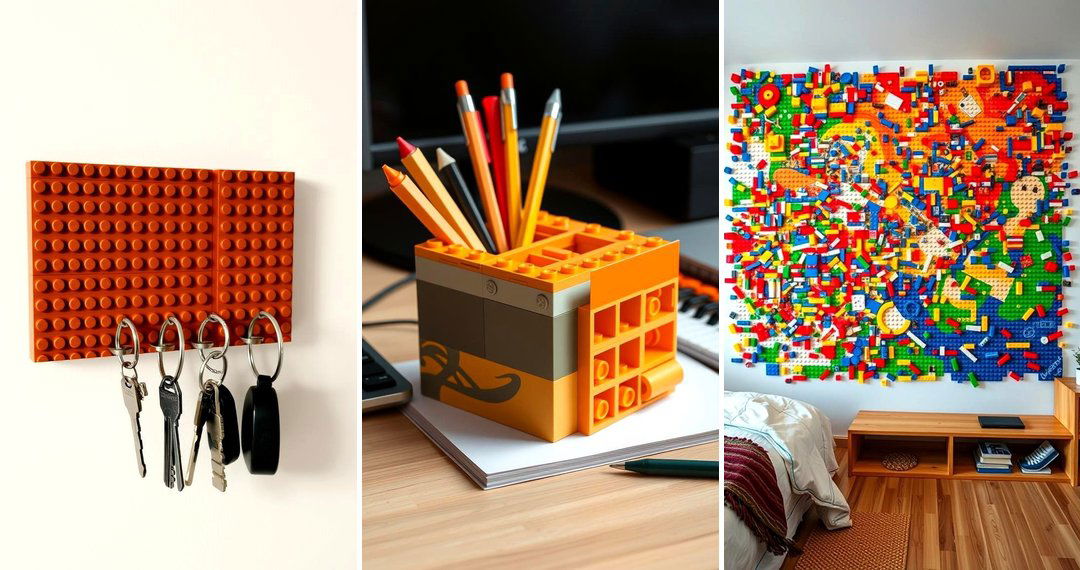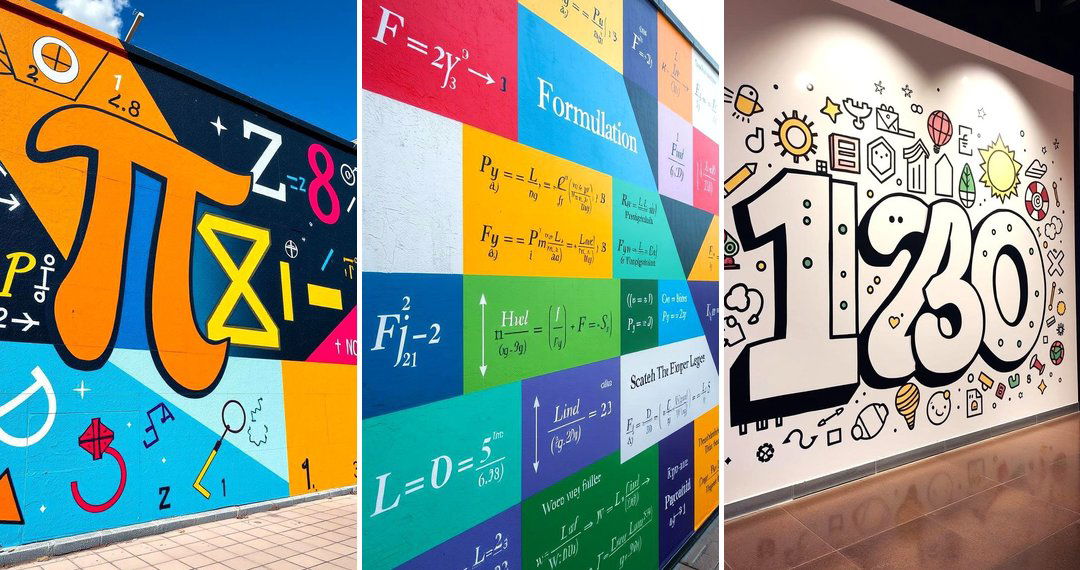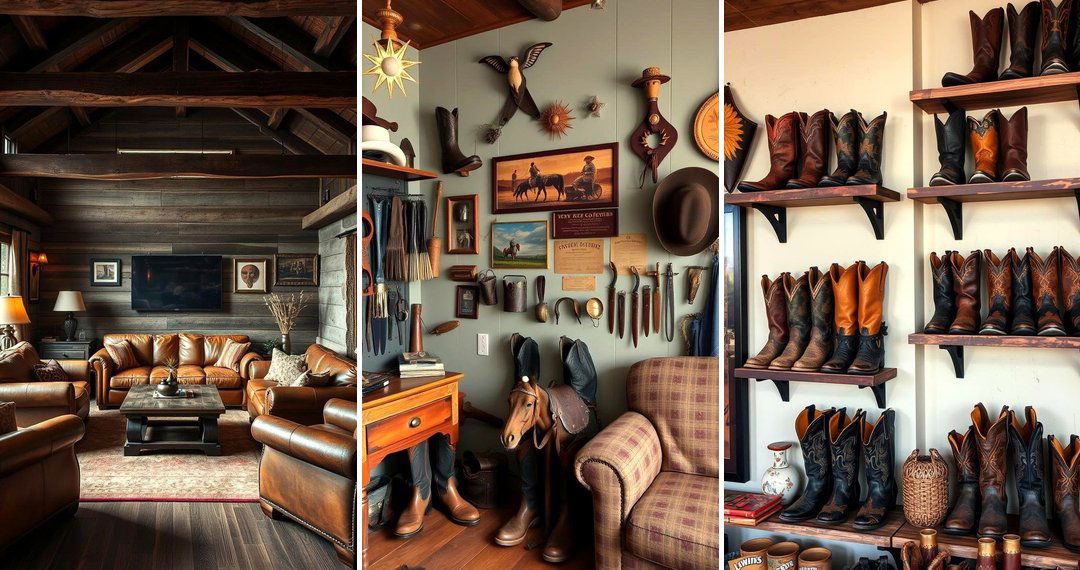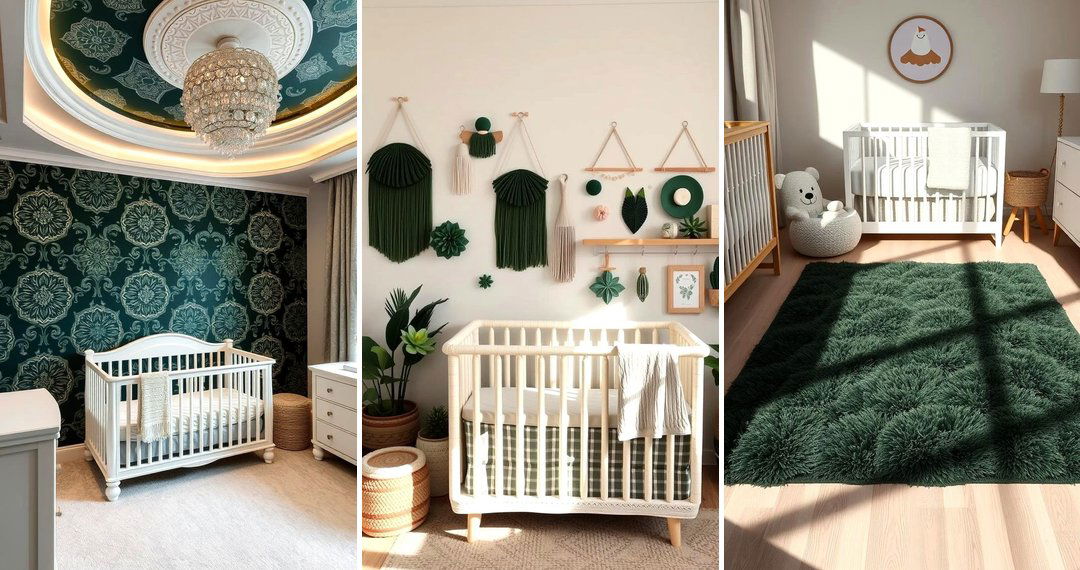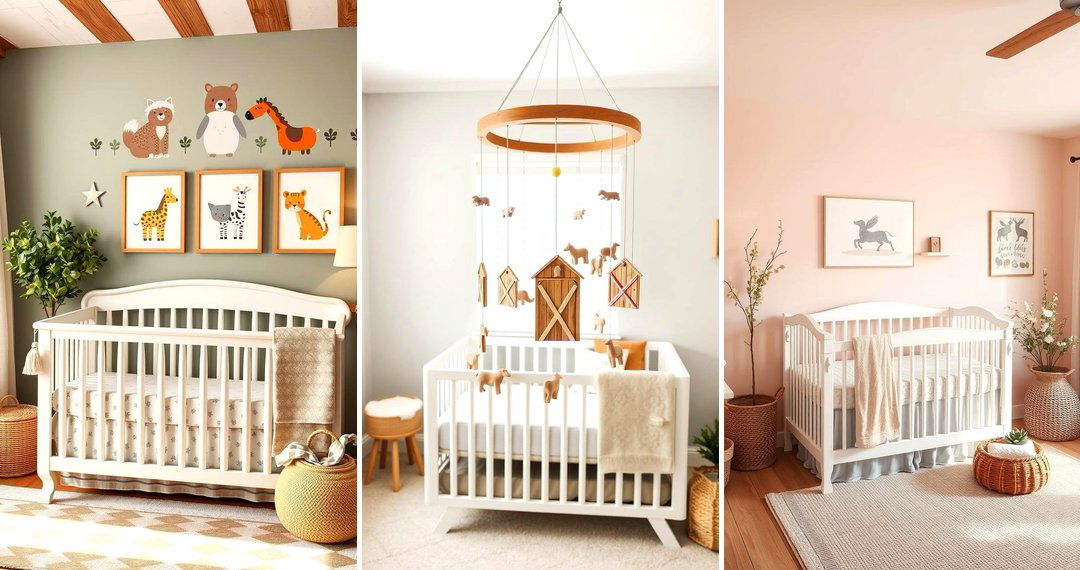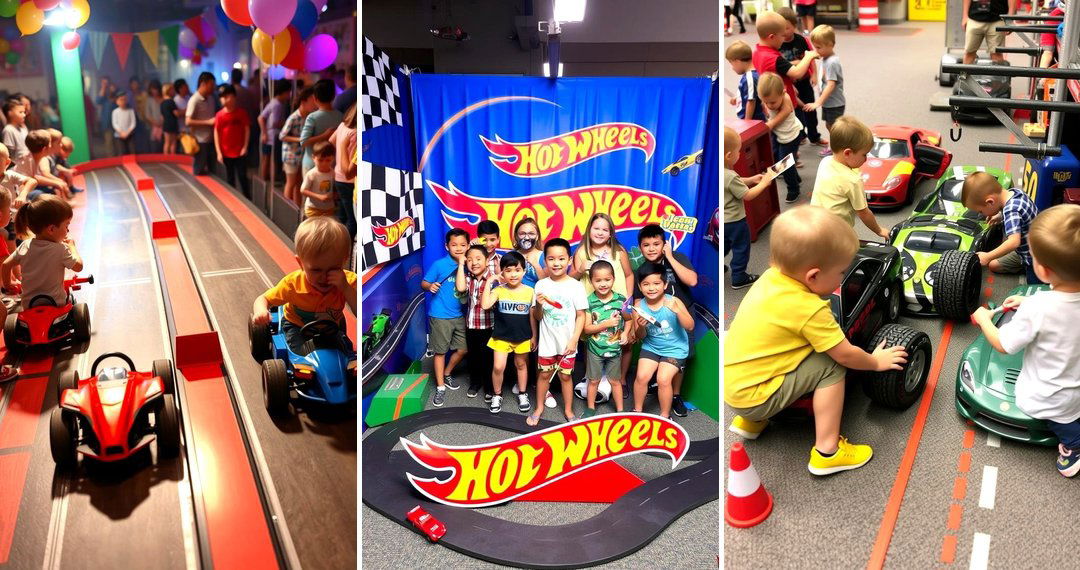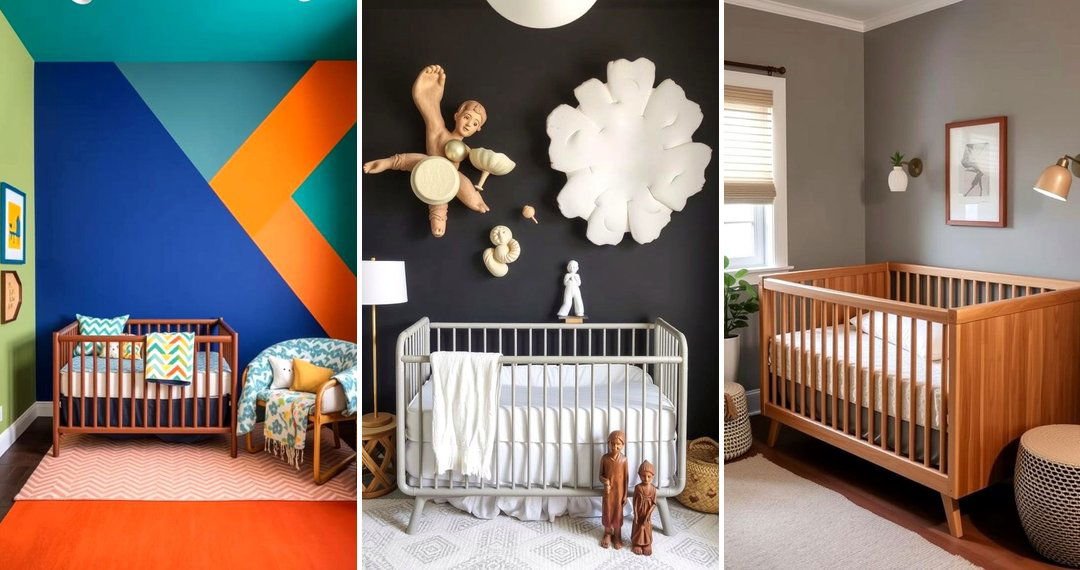Introduction
Mud kitchens are a fantastic way to foster creativity, sensory play, and hands-on learning for children. By allowing kids to explore their imaginations while getting a little dirty, they can develop essential motor skills, practice problem-solving, and engage in role play. Whether you’re crafting your own mud kitchen or looking to enhance an existing one, these 24 mud kitchen ideas are bound to inspire countless hours of fun. From simple setups to more complex designs, these ideas encourage outdoor learning and the joy of tactile exploration. Keep reading to explore exciting ways to turn your backyard into a playground full of imaginative possibilities with these 24 mud kitchen ideas for kids.
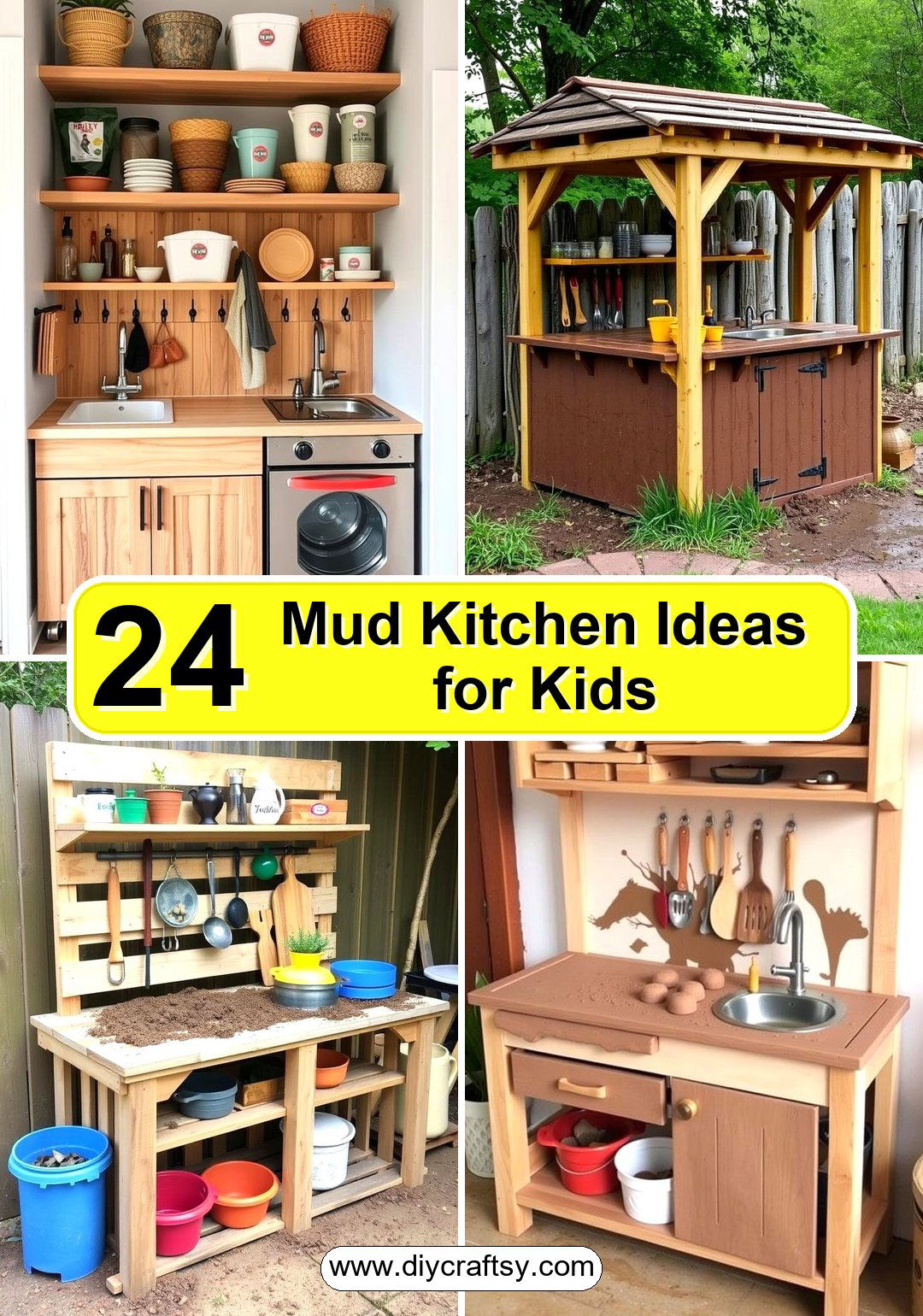
1. Simple Wooden Mud Kitchen
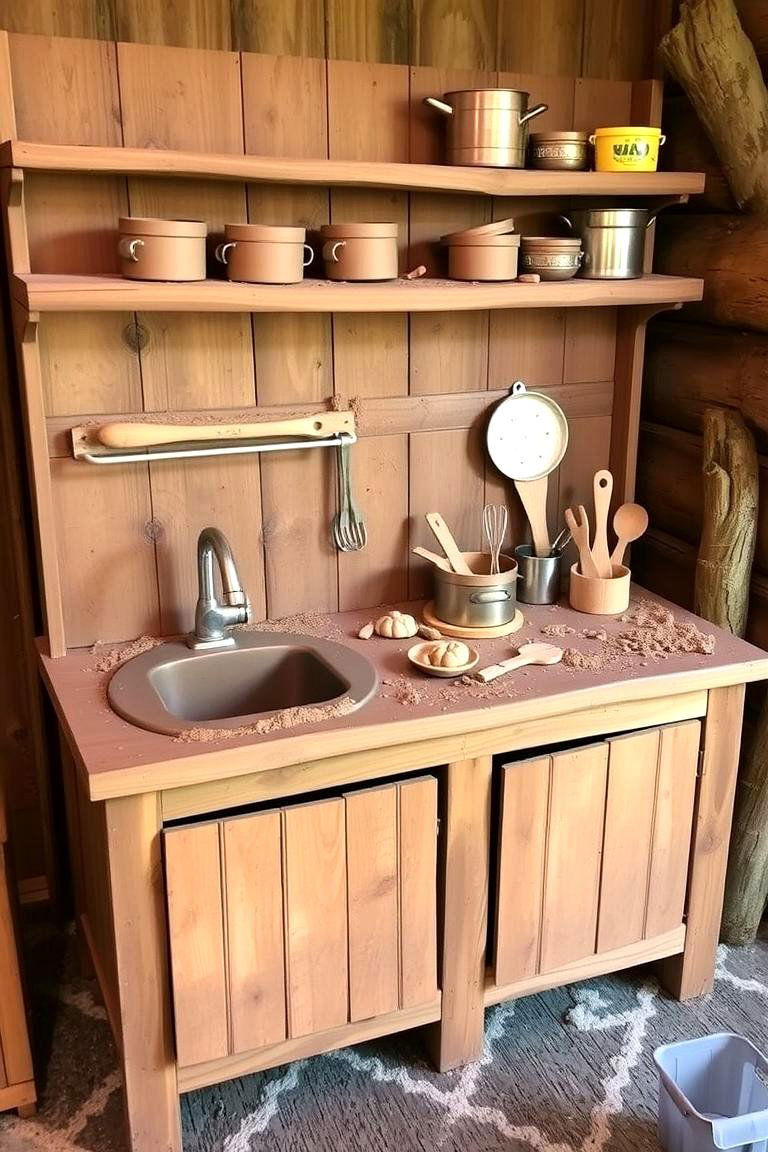
A rustic wooden mud kitchen can be a charming addition to your backyard, providing children with a sturdy, long-lasting space to engage in messy, imaginative play. By incorporating shelves for pots and pans, a countertop for mixing mud pies, and even a small sink, kids can immerse themselves in pretend cooking. This setup is not only fun but encourages children to use their fine motor skills as they scoop, stir, and pretend to serve their muddy concoctions. It's a perfect choice for parents looking for a simple yet engaging solution.
2. Upcycled Materials Mud Kitchen
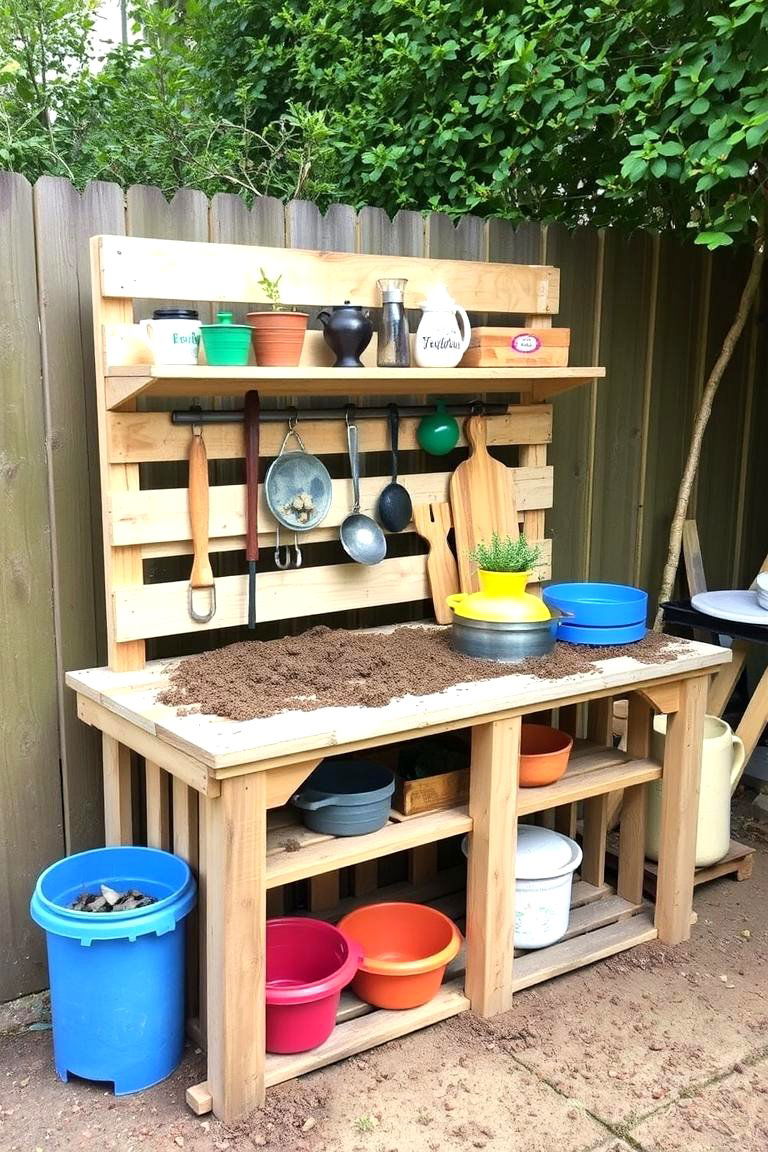
Consider using upcycled materials like old wooden crates, pallets, or discarded kitchen items to build a mud kitchen. This eco-friendly approach makes use of materials that might otherwise end up in a landfill. Children will love the variety of textures and items available to explore as they play. Upcycled mud kitchens are cost-effective, customizable, and can be built with your child’s specific needs in mind. The best part is that kids will learn about sustainability while having fun creating their mud masterpieces.
3. Mud Kitchen with Water Play Area
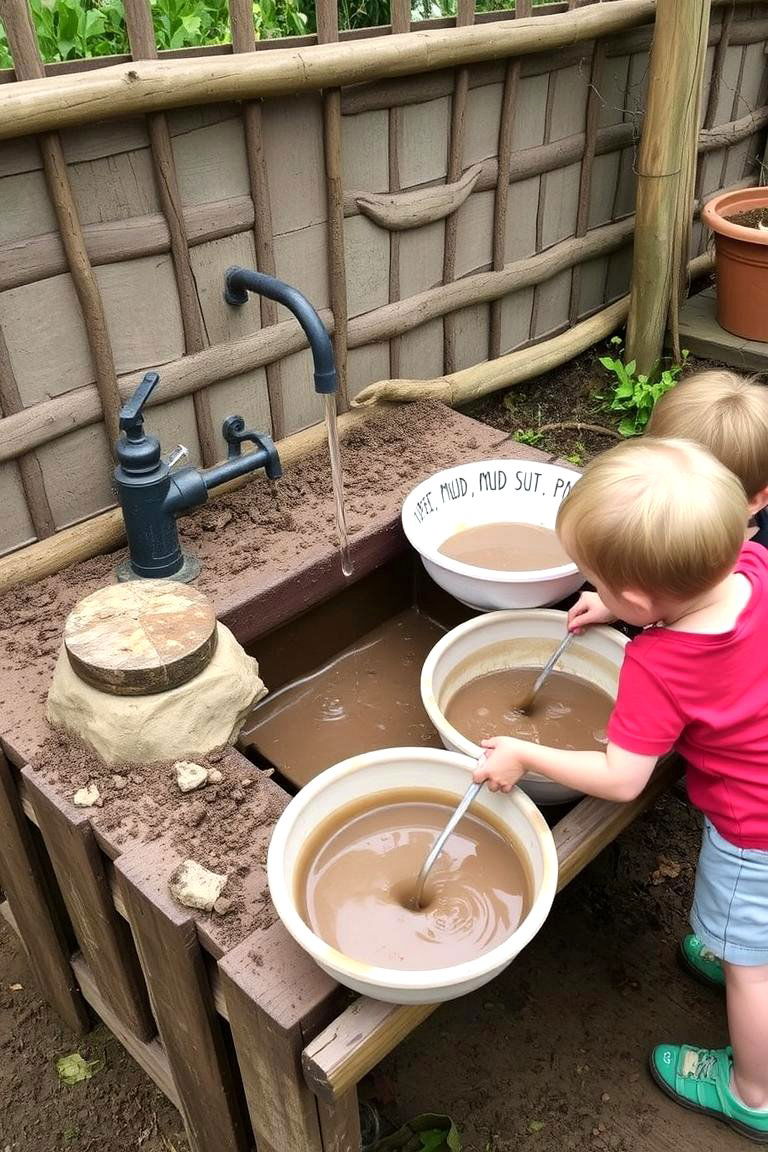
Why stop at mud when you can add water to the mix? A mud kitchen with an attached water play area provides even more opportunities for sensory exploration. Adding a small water pump or basin gives children the chance to mix mud and water, experimenting with different consistencies and textures. This setup can lead to endless hours of imaginative play, where kids can make mud cakes, "soups," or even pretend to wash dishes.
4. Vertical Mud Kitchen
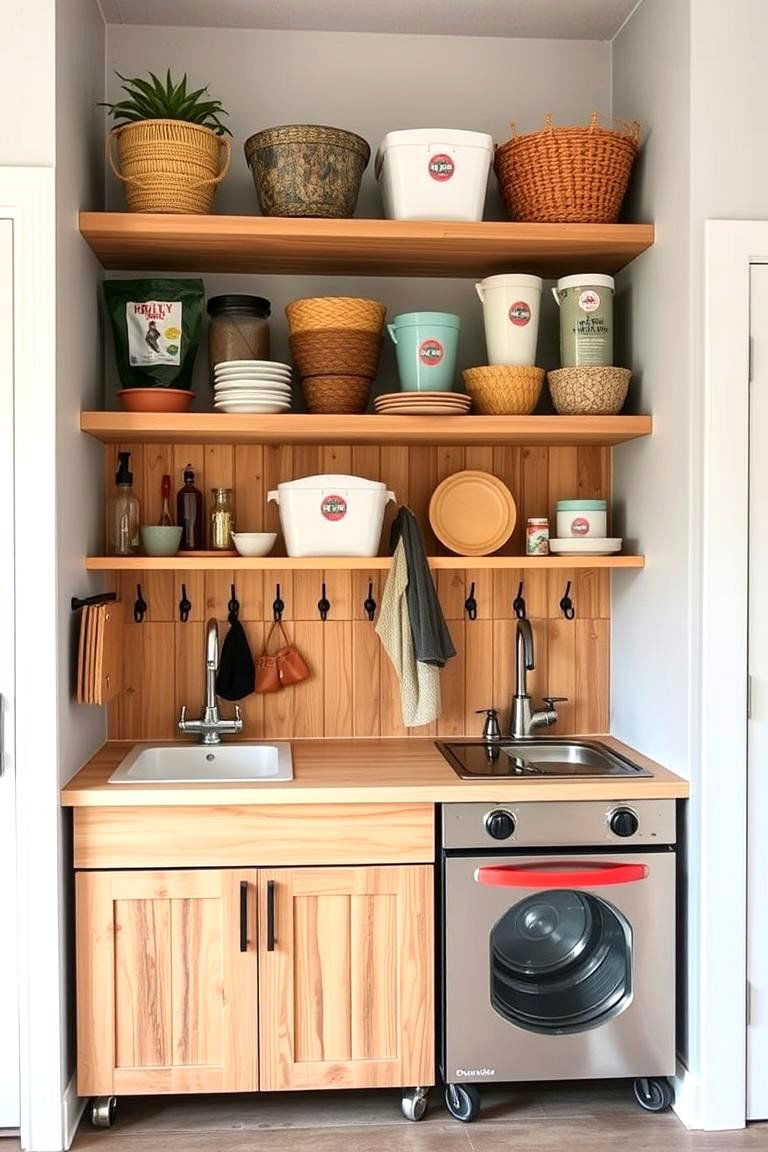
A vertical mud kitchen is a great space-saving solution for smaller yards or outdoor areas. By creating a multi-level setup with shelves, hooks, and a countertop, this design allows for easy access to materials without taking up too much floor space. The vertical setup encourages kids to think creatively as they work with different heights and tools. It's perfect for fostering both independent play and group activities, and it can also add a visually appealing element to your outdoor space.
5. Mud Kitchen with Chalkboard Surface
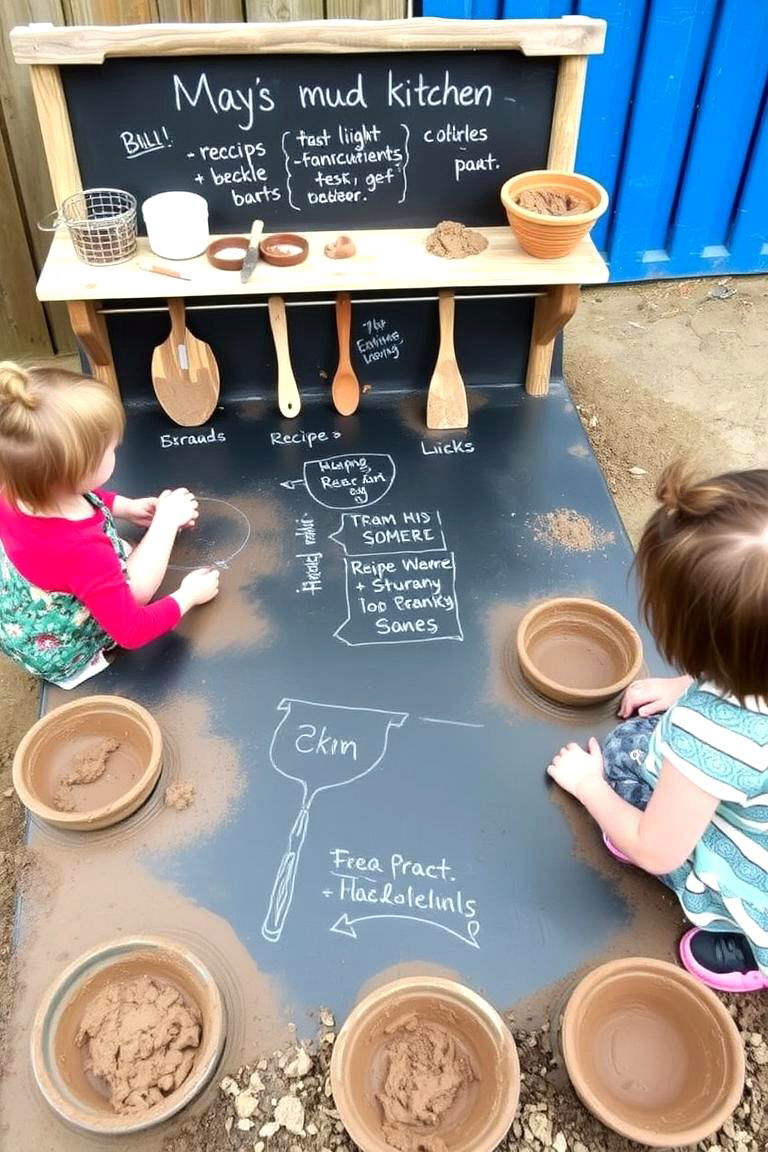
Adding a chalkboard surface to the design of your mud kitchen brings an extra element of creativity and educational value. Children can use the chalkboard to write out pretend recipes, menus, or even play chef by drawing their creations. This allows for the integration of literacy and numeracy skills into the outdoor play experience, all while keeping kids engaged with both messy and constructive play.
6. Multi-Functional Mud Kitchen
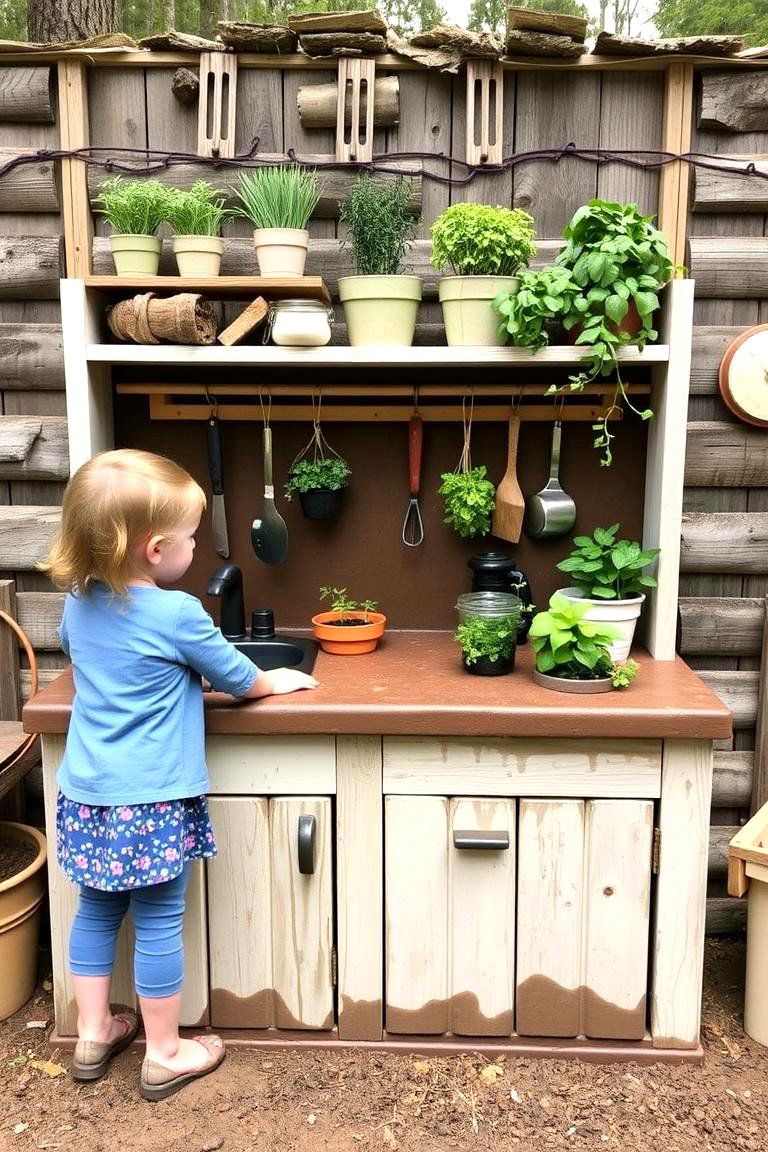
A multi-functional mud kitchen serves as both a creative play station and a gardening center. By including sections for planting flowers or herbs alongside traditional mud kitchen features like a stove and sink, you can encourage children to connect with nature while engaging in pretend cooking. This setup is perfect for fostering an interest in both the culinary world and gardening, giving kids the tools to explore both interests simultaneously.
7. Mud Kitchen with Storage
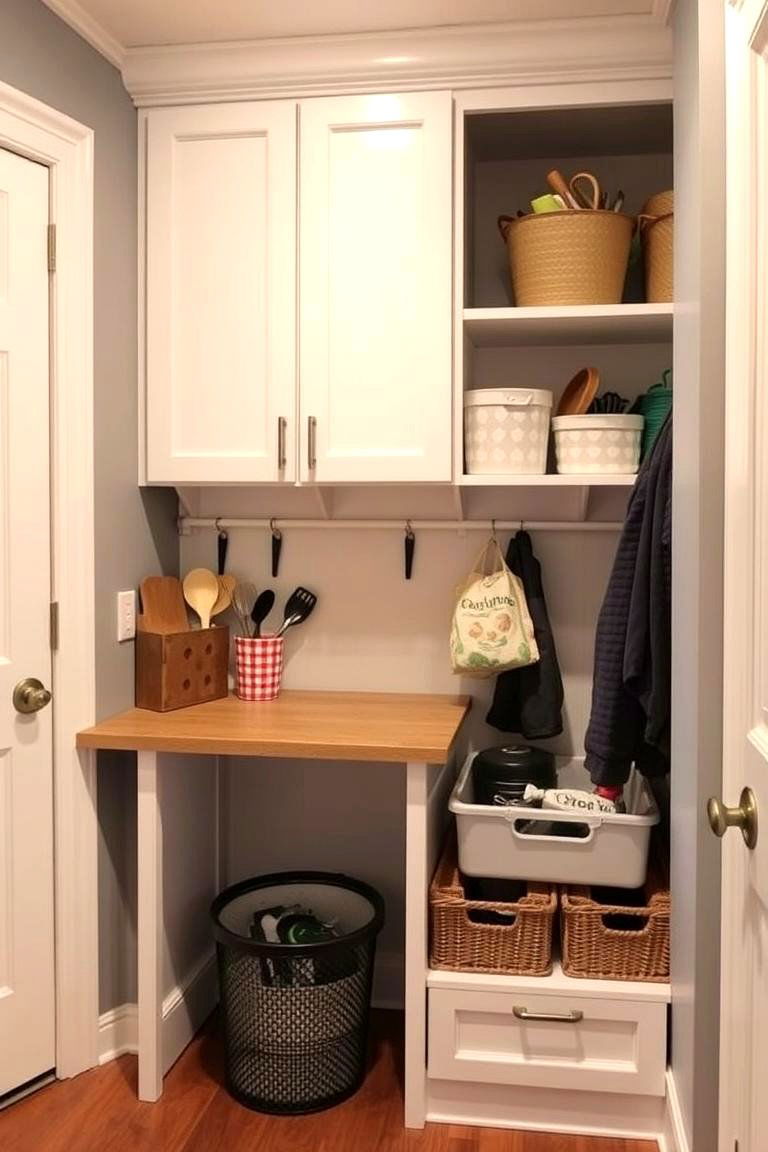
Efficient storage in a mud kitchen is key to keeping things organized and allowing for easy access to materials during play. A mud kitchen with built-in cabinets or bins for storing utensils, bowls, and toys helps minimize clutter and makes cleaning up a breeze. Children can easily put things away after play, learning the importance of responsibility and organization in a fun and practical way.
8. Playful Mud Kitchen with Colorful Accents
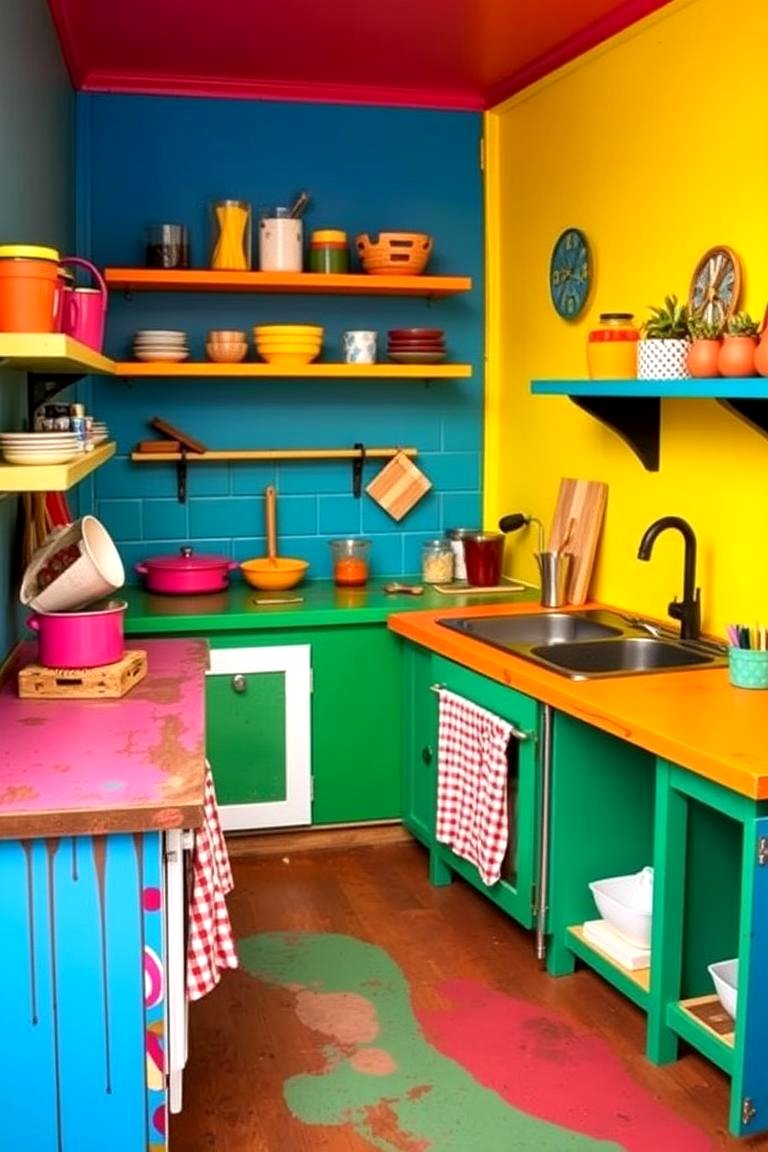
Bring vibrancy to your mud kitchen with bright, bold colors that invite kids to play. By using colorful paint for the countertops, shelving, and accessories, you can create an eye-catching design that adds a sense of excitement and cheerfulness to the play area. Colorful accents spark creativity, and children can engage with the space by identifying different colors as they interact with the materials.
9. Natural Stone Mud Kitchen
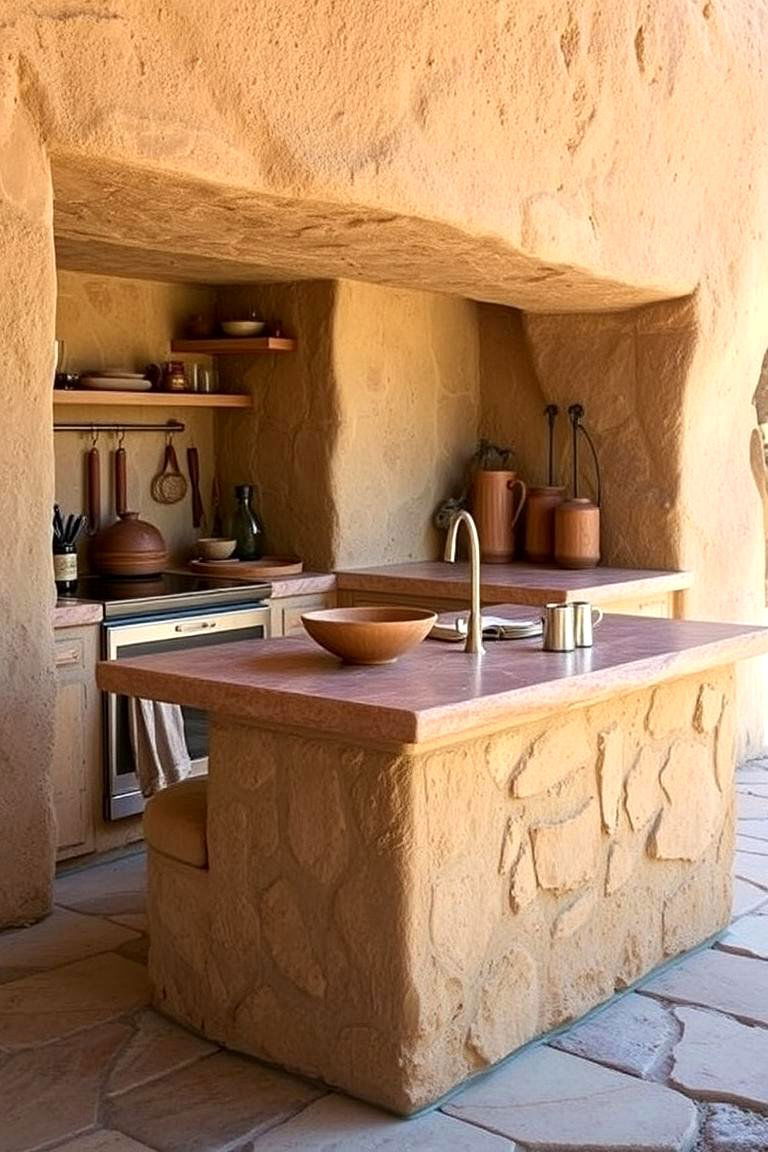
For a more natural, earthy look, consider building a mud kitchen with stone countertops or a stone base. This rustic approach ties in beautifully with the surrounding outdoor environment, blending seamlessly into gardens or wooded areas. The texture and weight of the stone provide a sensory contrast to the softness of mud, offering an engaging tactile experience for children as they play.
10. Mud Kitchen with Real Pots and Pans
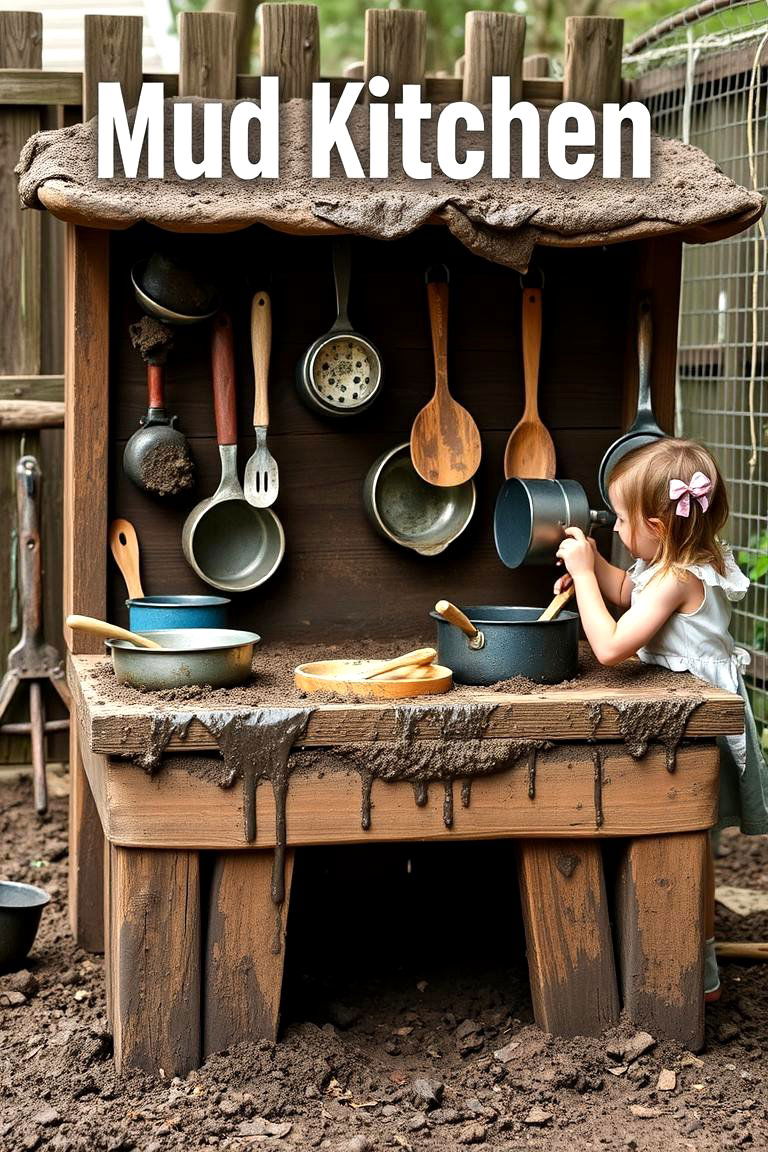
Enhance the authenticity of your mud kitchen by adding real kitchenware like old pots, pans, spatulas, and ladles. Not only does this make the experience feel more like real cooking, but it also teaches kids about everyday items in a practical context. The familiarity of these tools allows children to transition easily into imaginative role play, where they can mimic the actions of adult cooks.
11. Small-Scale Mud Kitchen for Toddlers
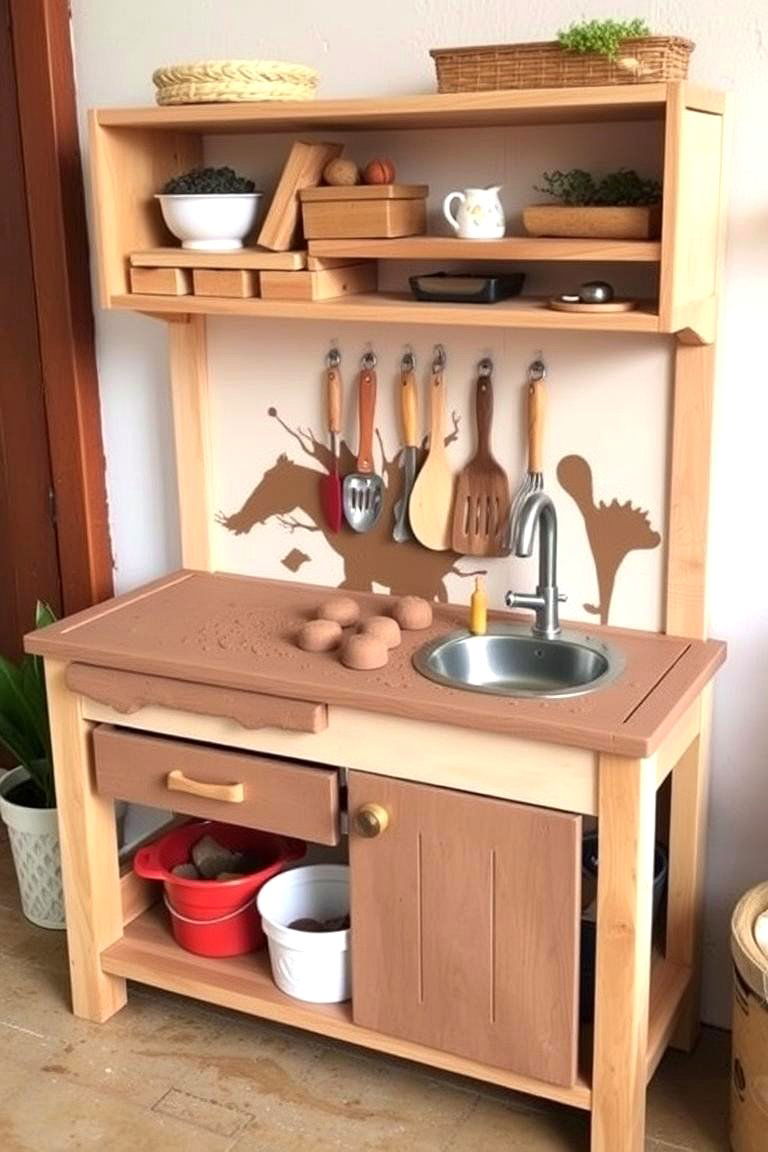
For younger children, a small-scale mud kitchen with low countertops and simpler features offers a safer and more accessible play environment. A toddler-sized mud kitchen allows younger children to engage with play in a way that's just right for their height and abilities. With a simplified design, toddlers can enjoy mixing mud and water without the complexity of larger setups, all while building basic fine motor skills.
12. Mud Kitchen with Outdoor Oven
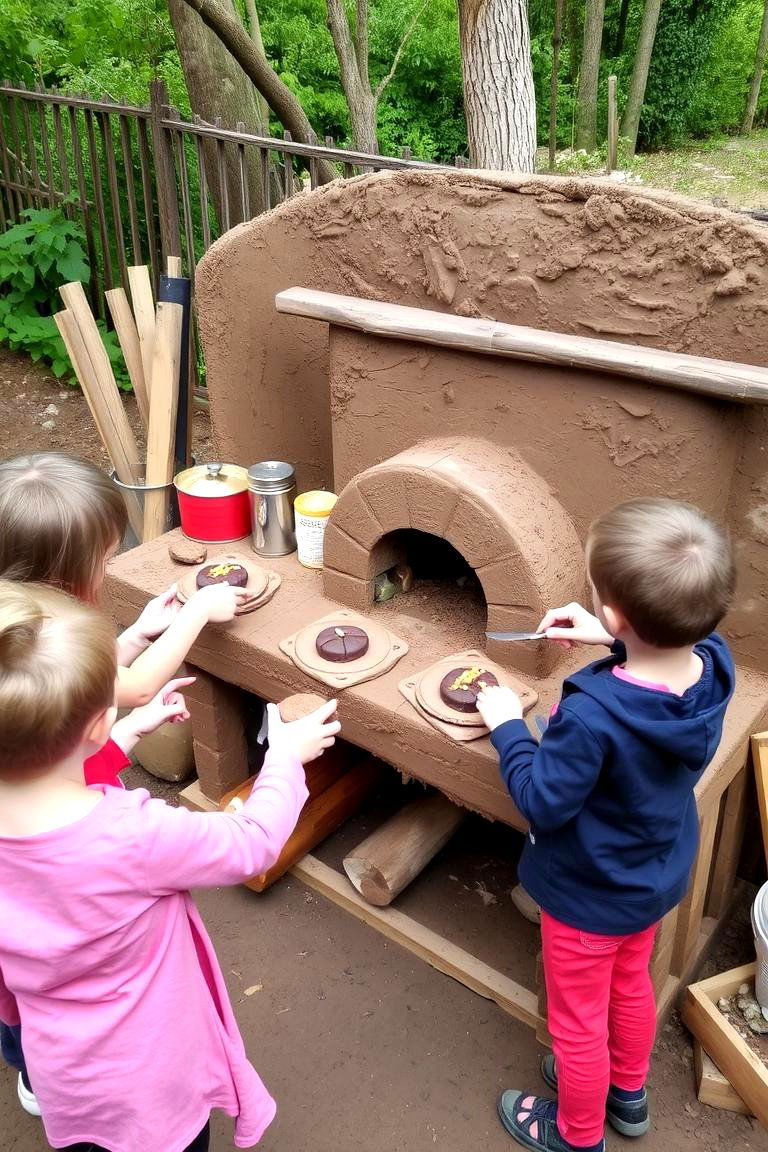
For kids who enjoy pretend baking, an outdoor oven can be a great addition to your mud kitchen. With a small, child-sized oven built into the setup, children can "bake" their mud pies, cakes, and cookies. This encourages imaginative play and helps develop important skills such as measurement, coordination, and creativity. Children can even decorate their "bakes" with leaves and flowers they gather around the yard.
13. Mud Kitchen with Tactile Surfaces
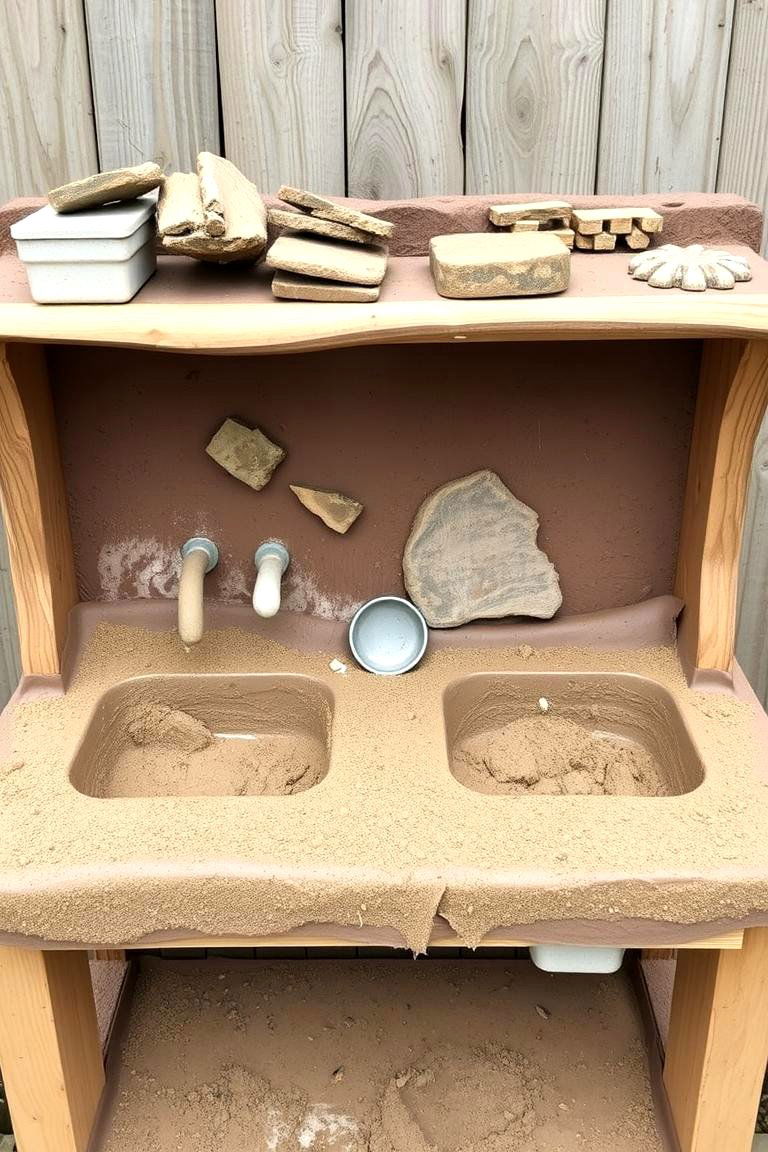
Incorporating a variety of tactile surfaces into your mud kitchen can enhance sensory play. Features like sandpaper, smooth stone, and rough wood give children the opportunity to engage their sense of touch while working with mud and water. These diverse textures can make the experience more immersive and exciting, helping to develop sensory awareness and motor skills.
14. Mud Kitchen with Miniature Garden Beds
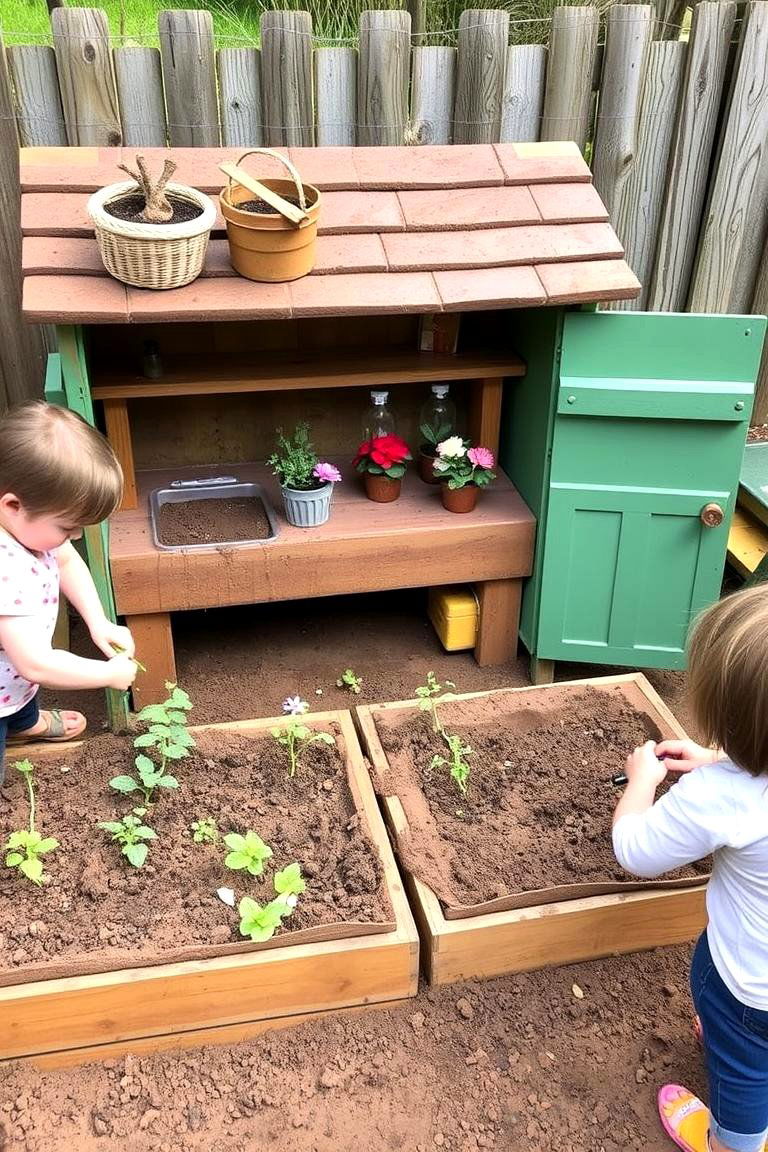
Include a section of miniature garden beds in your mud kitchen design to encourage kids to grow their own plants. Small raised beds where children can plant herbs, flowers, or vegetables complement the mud kitchen perfectly. As kids get dirty playing with mud, they can also practice gardening skills, making it a well-rounded and educational activity.
15. Mud Kitchen with Shelving and Hooks
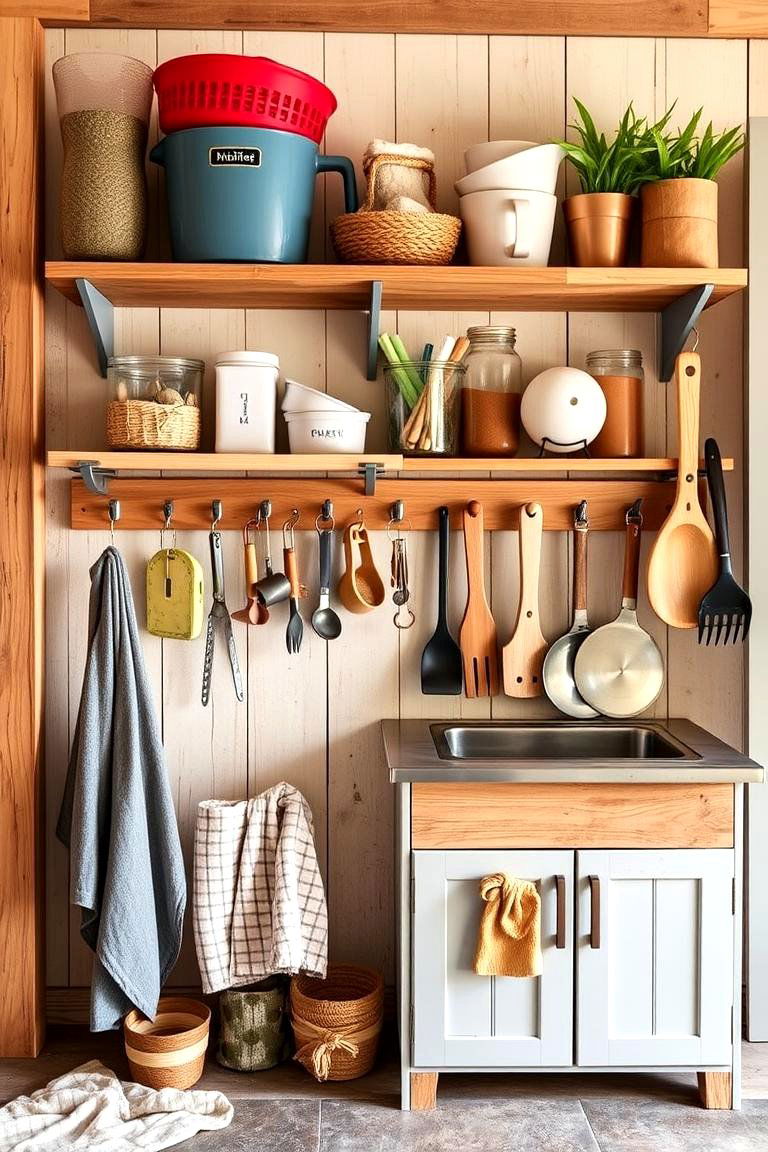
Adding shelving and hooks to your mud kitchen is a simple yet effective way to keep everything organized. Kids can store their mud kitchen tools, like spoons, pans, and mixing bowls, in designated spaces, learning to respect their play environment. Hooks can also be used for hanging pretend kitchen accessories, creating a realistic and functional setup for outdoor cooking play.
16. Compact Mud Kitchen for Small Spaces
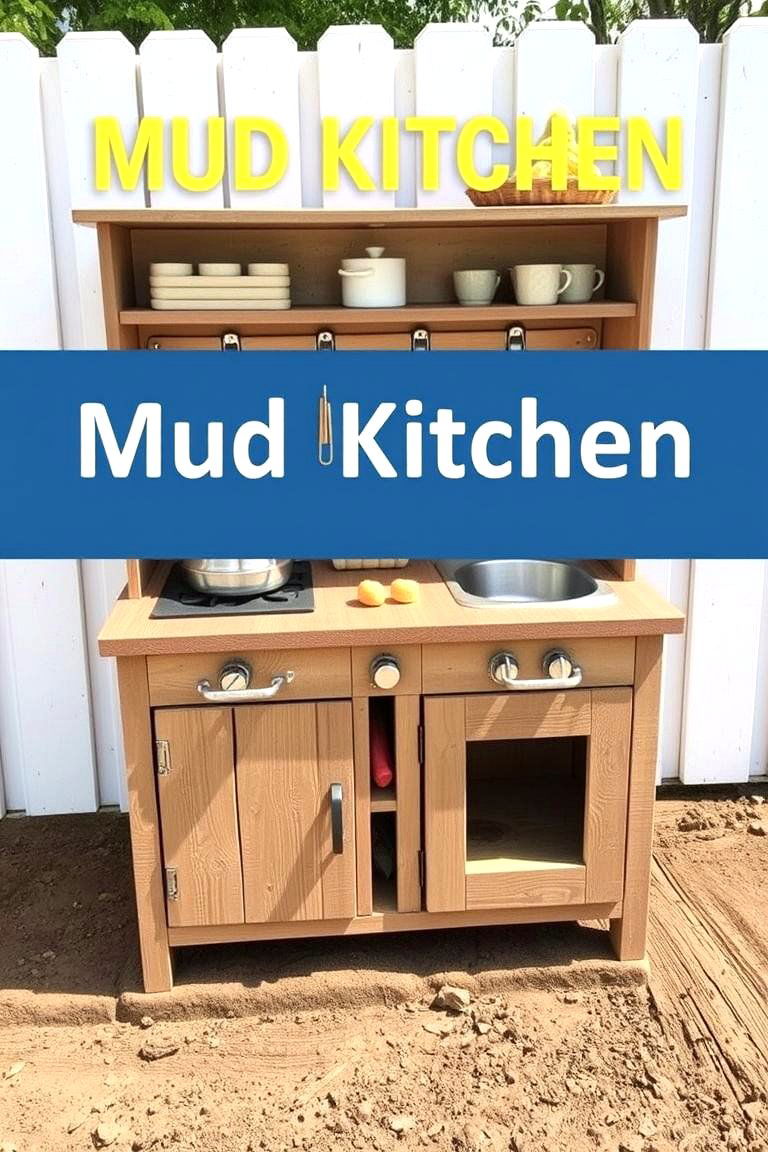
If you have limited space, a compact mud kitchen can still offer an engaging play area for your child. Small and simple, yet highly effective, these setups can feature essential elements like a mini stove, sink, and countertop. Compact mud kitchens are ideal for smaller yards or apartments, offering kids an exciting play area without the need for extensive space.
17. Mud Kitchen with Built-In Seating
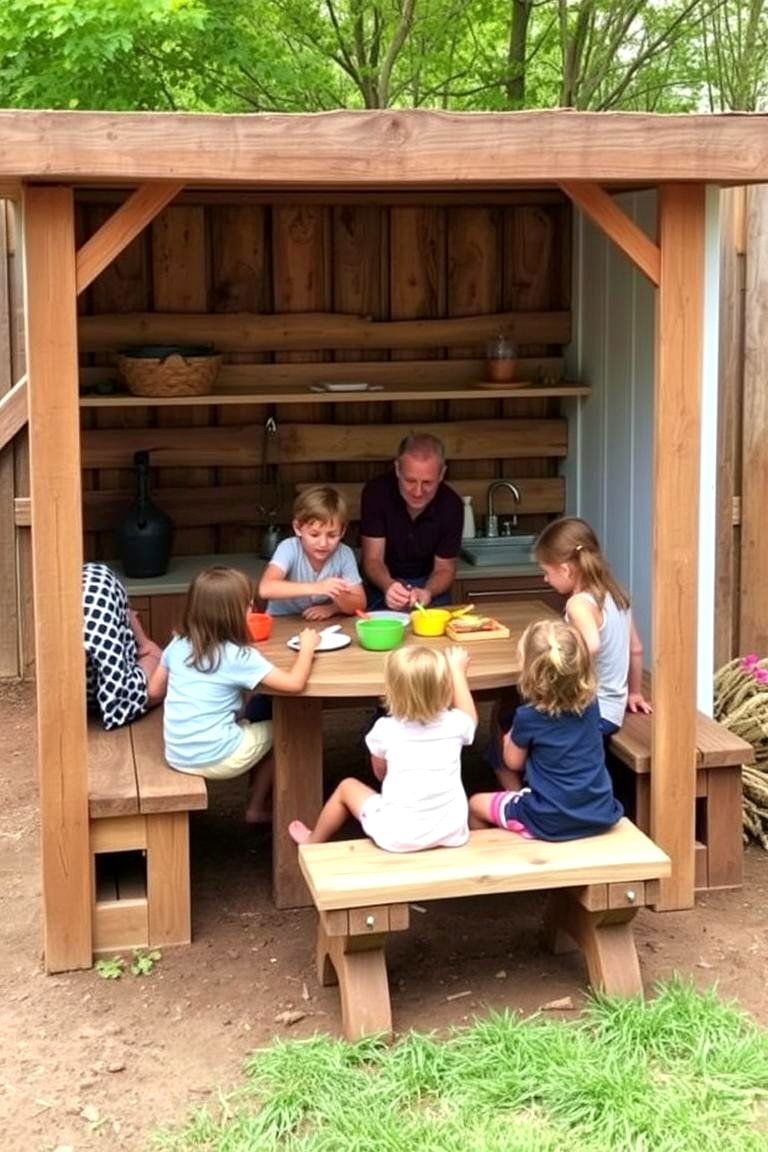
Consider adding a built-in seating area to your mud kitchen, allowing children to sit and enjoy their creations or interact with friends during play. This cozy feature adds a social element to the mud kitchen, where children can gather around and share their imaginative meals. It also encourages kids to slow down and engage in conversation, making it an excellent addition for group play.
18. Mud Kitchen with Nature-Inspired Accessories
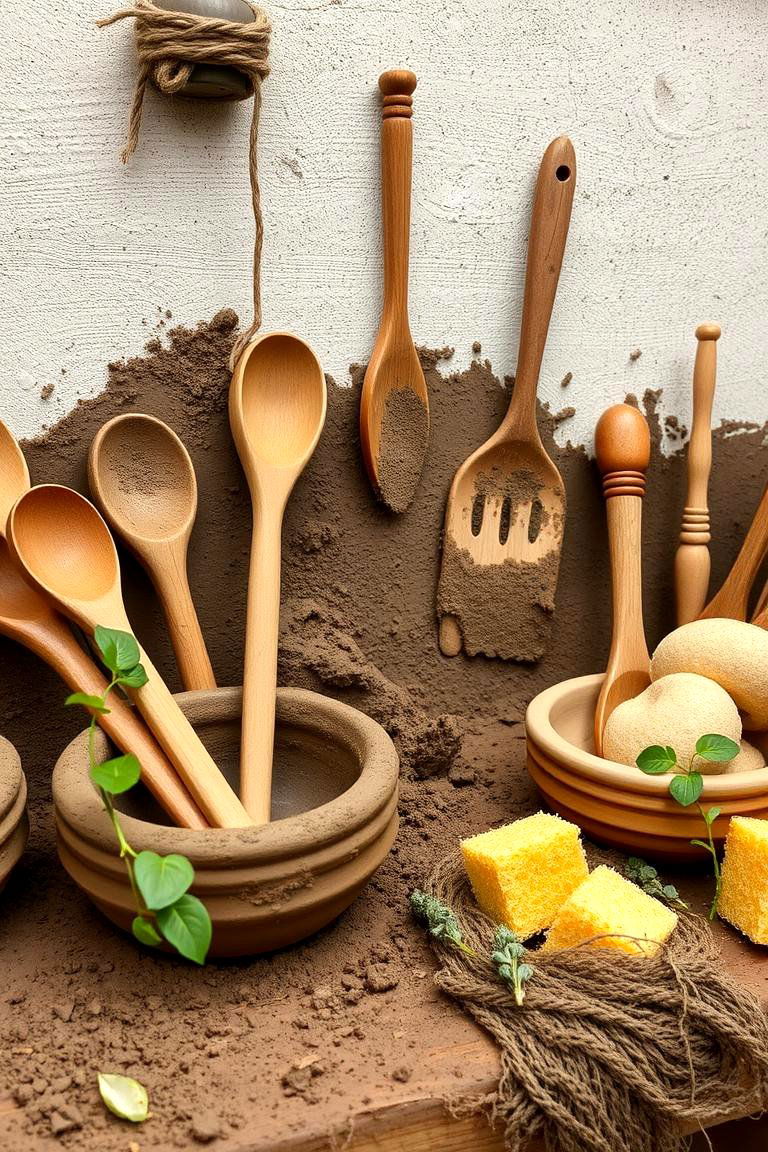
Nature-inspired accessories, such as wooden spoons, clay bowls, and natural sponges, can elevate your mud kitchen. These items allow children to feel closer to nature while engaging in pretend cooking. Using natural materials promotes environmental awareness and adds a calming, organic feel to the play area.
19. Mud Kitchen with Sensory Bins
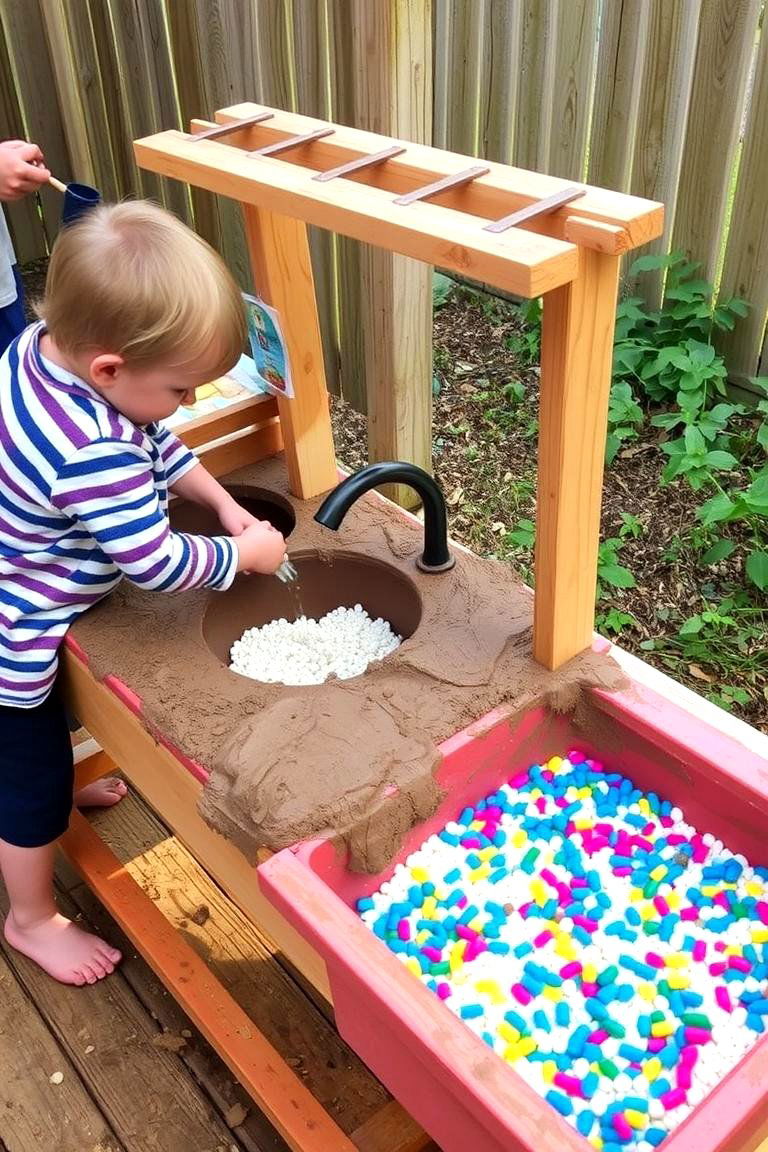
Adding sensory bins to your mud kitchen setup can provide even more opportunities for play and exploration. Fill the bins with different materials like rice, sand, or water beads, allowing children to experiment with textures and sounds as they cook and mix mud. Sensory bins are perfect for adding variety to the play experience, keeping kids engaged with different sensory experiences.
20. Mud Kitchen with a Roof
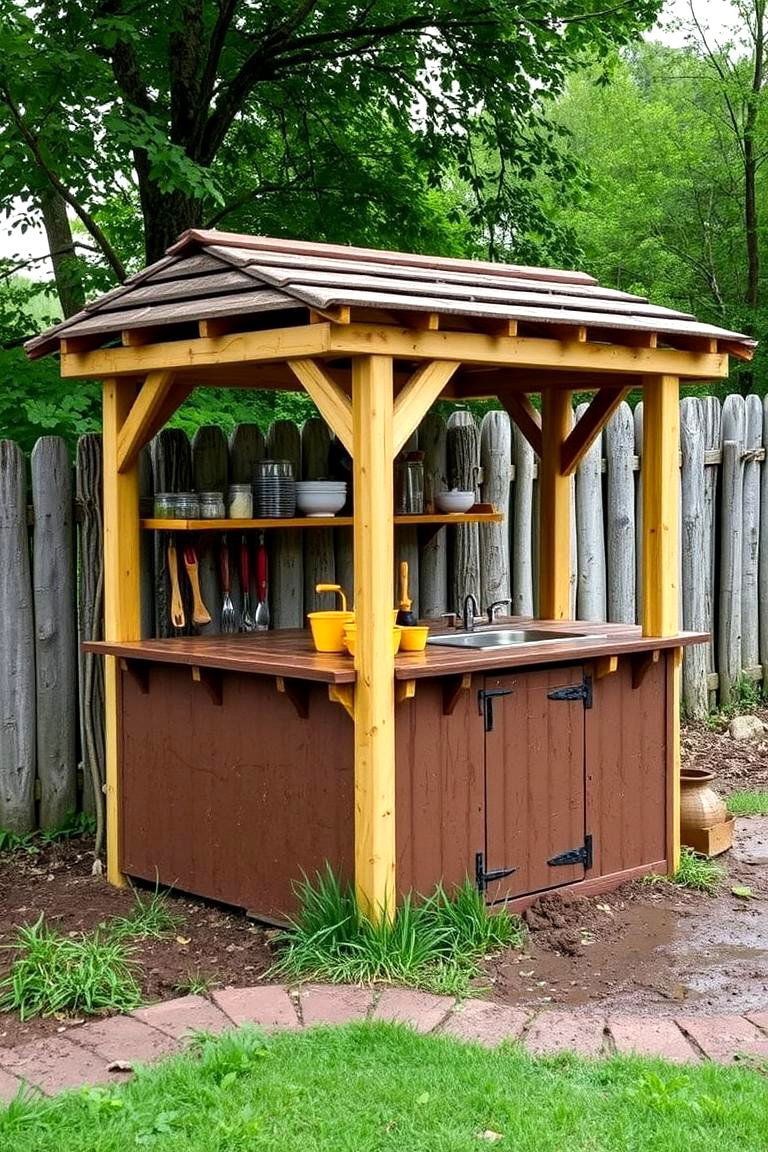
A roofed mud kitchen offers protection from the elements, allowing children to play regardless of the weather. Whether it's sunny or drizzly, kids can continue their outdoor fun without being interrupted. A roof also adds a cozy feel to the space, creating a little playhouse-like atmosphere where children can enjoy their mud kitchen year-round.
21. Mud Kitchen with a Recycled Water System
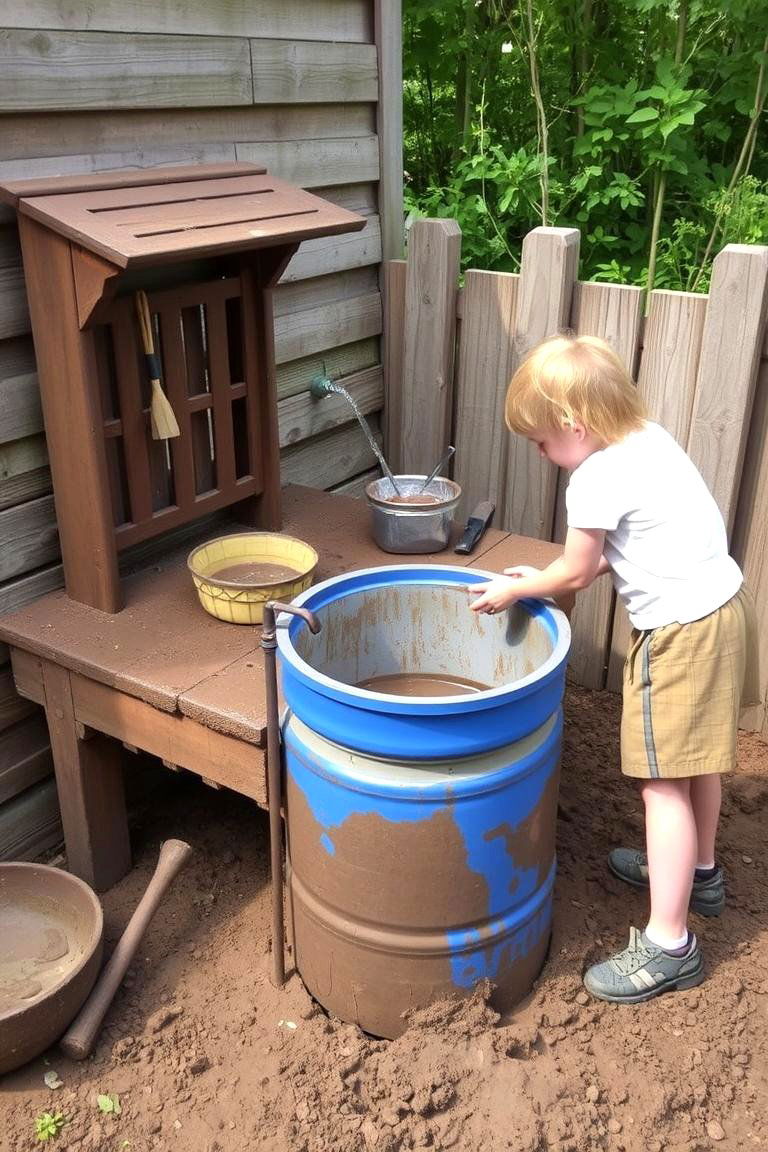
For an eco-friendly twist, incorporate a recycled water system into your mud kitchen. A small pump or collection barrel can store rainwater that children can use for mixing mud and cleaning up. This sustainable feature teaches children about water conservation while making their playtime more hands-on and interactive.
22. Mud Kitchen with a Sandpit
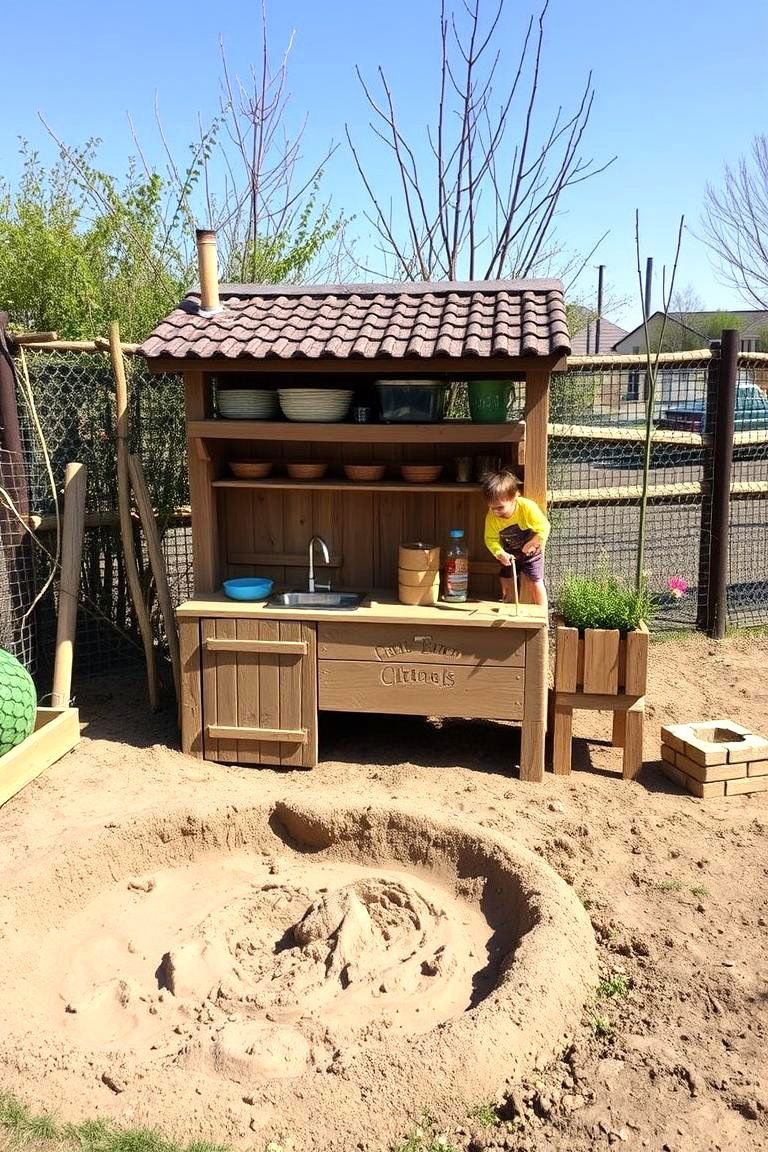
A sandpit adjacent to your mud kitchen brings an extra layer of fun to outdoor play. Children can mix the sand with mud to create different textures, use it for digging or construction play, and integrate it into their cooking. The sandpit offers a tactile, educational experience, helping children explore materials and textures.
23. Outdoor Mud Kitchen with Flower Boxes
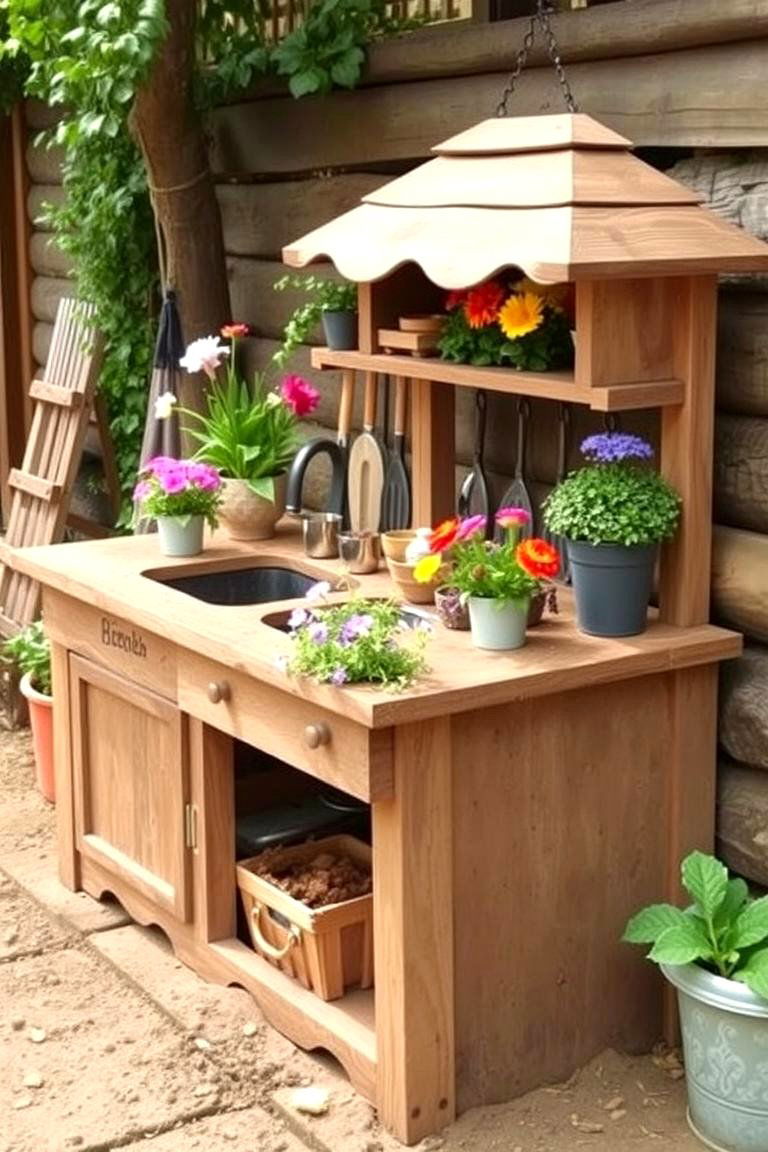
Incorporating flower boxes into your mud kitchen design is a beautiful way to add natural elements to the space. Flower boxes filled with colorful blooms or fragrant herbs give children the opportunity to care for plants while they engage in pretend cooking. This setup teaches kids about nurturing nature, making the mud kitchen both playful and educational.
24. Mud Kitchen with a DIY Sink and Faucet
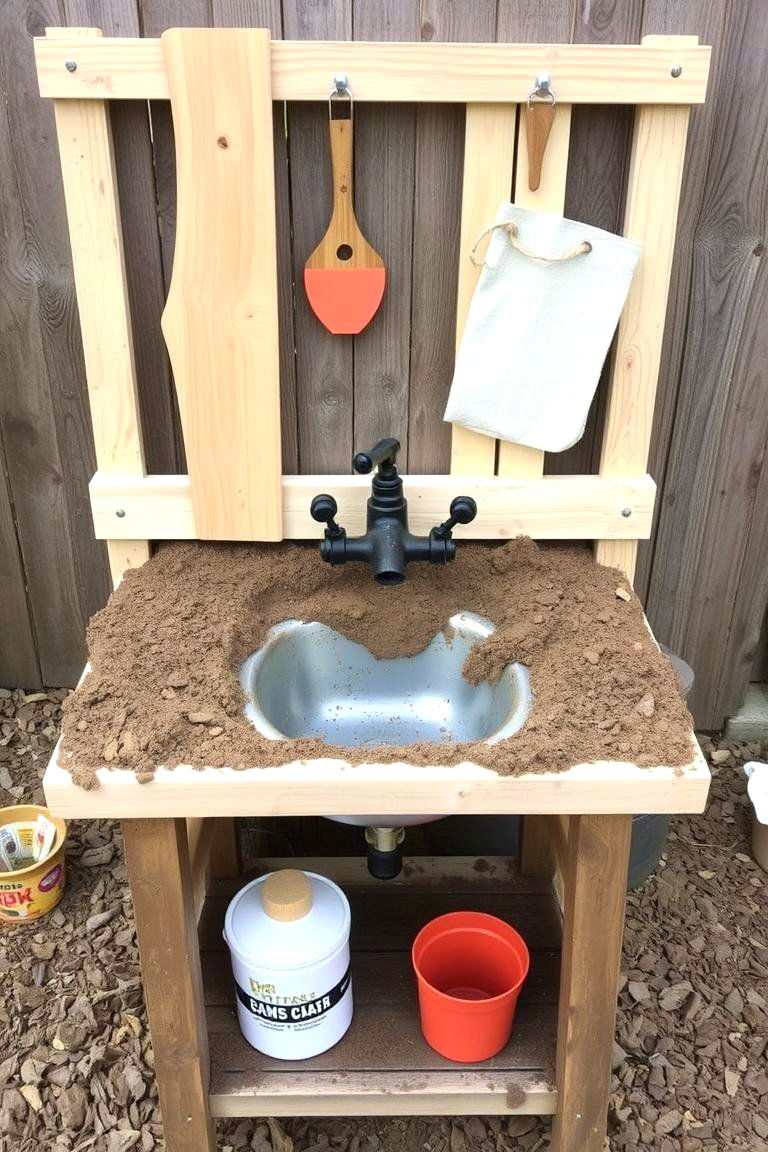
Building a DIY sink and faucet for your mud kitchen can be a fun project and a practical feature for children. With a simple water pump or a gravity-fed system, kids can wash their hands, rinse their tools, or even clean their pretend dishes. This functional feature adds an authentic touch to the setup, allowing for more realistic and enjoyable play.
Conclusion:
Mud kitchens are more than just fun; they offer countless benefits for children’s creativity, motor skills, and imaginative play. By designing a space that caters to a wide range of sensory experiences and activities, you can turn any backyard into an exciting environment for children to learn and grow. Whether it’s a simple wooden setup or an elaborate, multifunctional mud kitchen, each idea encourages exploration, independence, and a love for nature. These 24 mud kitchen ideas for kids ensure that the possibilities for messy, creative outdoor play are endless.


